DROPS Alpaca
An all time favorite made purely from soft alpaca
from:
2.49€
per 50 g
Content: 100% Alpaca
Yarn Group:
A (23 - 26 stitches)
/ 5 ply / sport
Weight/length: 50 g = approx 167 m
Recommended needle size: 3 mm
Knitting tension: 10 x 10 cm = 24 sts x 32 rows
Care: Hand Wash, max 30°C / Dry Flat / Feltable
Made in: Peru
Raw material origin: Alpaca from Peru
This yarn has an Oeko-Tex® certification (certificate number 16.HPE.92779), Standard 100, Class II from the Hohenstein Institute. This means that is has been tested for harmful substances and is considered safe in human-ecological terms. Class II means the yarn is suitable to come in direct contact with the skin to a large extent, such as blouses, shirts, mattresses, etc.
DROPS Alpaca is a lovely yarn spun from 3 strands of 100% superfine alpaca, with an extra twist to provide a durable surface. The alpaca fiber is untreated, which means that it is only washed and not exposed to any chemical treatment prior to the dyeing. This highlights the fiber’s natural properties, while it also provides a better shape and texture quality.
DROPS Alpaca has a large and varied range of patterns available in the DROPS collection. Garments made in this yarn are lightweight and comfortable, super soft directly on the skin, and have a nice, characteristic sheen.
Read more about our products' sustainability here
Please be aware that the colours shown may vary from screen to screen in the same way that shades may vary slightly from dye lot to dye lot.
How do I care for this yarn?

Hand Wash, max 30°C / Dry Flat
First of all, consider just airing the garment, instead of washing it. If you still desire to wash it, here are some guidelines:
- Hand wash at 30ºC - separately - with wool detergent without enzymes or optical brighteners.
- Don’t let the garment soak. Move the garment gently back and forth, do not rub or squeeze it.
- Rinse the garment until the rinse water is completely clear, making sure the water temperature stays uniform.
- Do a light centrifugation of the garment (about 800rpm), choosing a program that DOES NOT take in water at the start. Or press carefully the water out of the garment with a dry towel. The garment shouldn’t be twisted or rolled.
- To dry the garment, shape it and lay it flat - do not hang - ideally on a warm bathroom floor or on top of a drying rack in a room with good air circulation. Never dry the garment in direct sunlight.
- Don’t tumble dry.
Note: If you are washing a project made with this yarn combined with another, the general guideline is to follow the washing instructions for the most delicate of the yarns you are working with.
Thinking about felting this yarn?
See how this yarn looks before and after felting:
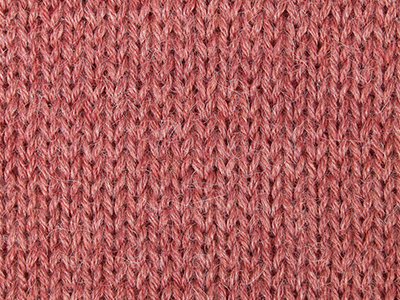
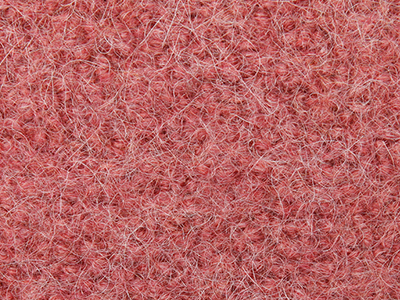
Needles: 5.50 mm
Before: 16 sts x 21 rows
After: 21 sts x 32 rows
Do you have a question about this yarn?
See a list of frequently asked questions (FAQ) about our yarns.
1) What type of fibers make the DROPS yarns?
Yarn can be made from a large number of natural and synthetic fibers. DROPS carries mainly yarns made from wool, cotton, alpaca, linen, mohair and silk. Each fiber type has its own qualities, and they are often mixed to take advantage of the best properties of each one. Coarse yarn has the advantage of being stronger and more durable, and finer fibers offer more softness and comfort. Here a bit about the main fibers we carry:
Alpaca:
Alpaca fleece is the natural fiber harvested from an alpaca, and it is similar in structure to sheep wool fiber. Its softness comes from the small diameter of the fiber, similar to merino wool. It is a soft, durable, luxurious and silky natural fiber. Yarn made from alpaca fibers does not felt or pill easily, and it can be light or heavy in weight, depending on how it is spun. While similar to sheep’s wool, it is warmer, not prickly, and has no lanolin, which makes it hypoallergenic. Alpacas come in 22 natural colors, with more than 300 shades from a true-blue black through browns-black, browns, white, silver and rose-greys.
Mohair:
This fiber comes from the Angora goats, and it's considered a luxury fiber. Mohair yarn is warm as wool, but much lighter in weight; it is durable, dyes well and does not felt easily. Mohair fibers have also a distinctive luster created by the way they reflect light. Despite being a hard fiber, mohair is usually spun into a very fluffy yarn, resulting in airy and lustrous garments.
Wool:
The wool fibers come from the skin of sheep and are relatively coarse fibers. Two striking characteristics of wool are its susceptibility to heat and its felting property, which is caused by the scales on the surface. Depending upon the breed of sheep, the appearance of the wool varies.
Wool from Merino sheep is considered the finest type of wool, having as characteristics that is finely crimped and soft. All the Merino wool in the DROPS yarns has its origins in South America, coming from sheep that have not been subject to Mulesing.
Pure new wool is wool made directly from animal fleece, and not recycled from existing wool garments.
Machine washable wool is wool treated chemically to minimize the outer fuzzy layer of the fibers, and be therefore fitable for machine wash (see Superwash).
Silk:
The silk fiber is a fine continuous fiber produced from the cocoon of a moth caterpillar known as the silkworm. While silkworm is cultivated, the wild or tussah silk is obtained from uncultivated silkworm cocoons. Silk fiber is one of the strongest natural fibers and makes a wonderful knitting yarn. It blends really well with other fibers, especially wool. Silk also dyes beautifully with natural dyes.
Vegetable fibers:
There are several varieties of vegetable fibers, found in the cell walls of plants or vegetables. Of all the varieties, two are recognized as major knitted or textile fibers. They are cotton and linen.
Cotton is the fiber surrounding the seeds in a cotton pod, and it is almost pure cellulose. Cotton is usually white in color but there are green and brown varieties as well. The cotton fiber is most often spun into yarn or thread and used to make a soft, breathable textile that is good for summer clothing and accessories, making a weaker yarn than silk or linen but stronger than wool.
Mercerized cotton is cotton that has been through a mercerization treatment. This treatment gives cotton fabrics and threads a lustrous yarn that is more lustrous than conventional cotton. It is also stronger, takes dye a little more readily, makes the yarn more resistant to mildew and reduces lint. It also may not shrink or lose its shape as much as "regular" cotton.
Linen is a fiber derived from the stalk of the flax plant that is durable and stronger than any other fiber. The linen fiber is relatively soft, straight and lustrous and becomes more beautiful with age. Linen is more comfortable to wear in hot temperatures than cotton, due to the fact that it absorbs moisture better and dries more quickly.
Other materials used in our yarns include synthetic fibers such as acrylic, viscose, polyamide (nylon) and polyester. These fibers are used mostly to give strength to a yarn (like our sock yarn, DROPS Fabel) or a special kind of structure (like our blown yarn, DROPS Air).
The polyamide fibre, commonly known as nylon, is very strong, durable, lightweight, easy to care for (can be machine washed and dried), and elastic, which makes it perfect for blending with other fibres to produce hard-wearing yarns like sock yarn.
Compared to polyester, polyamide is softer and more flexible, but it also absorbs more water and dries slower.
3) What type of information can I find on the DROPS yarn labels?
All DROPS yarn labels include information about fiber content (wool, cotton, etc.), weight in grams and ounces, length in meters and yards, washing instructions and symbols (explained here), color number, dye lot number and yarn group information.
4) What are the DROPS yarn groups?
All DROPS yarns are classified into 6 different thickness groups (A to F). Yarns in a same group have similar knitting tension/gauge, and can therefore be interchanged in patterns; however the length may be different, so when substituting always calculate the amount of meters/yards needed for the pattern to know the amount of yarn you need to get.
5) Can I use a different yarn than the one mentioned in the pattern?
Yes, as long as the yarn can be worked in the same knitting tension/gauge. Always swatch to make sure you get the same number of stitches in width and rows in height as given in the pattern.
Remember that different yarns with different textures, will give the garment different looks. The yardage/length may also be different, so when substituting always calculate the number of yards needed, in order to know the amount of yarn you need.
Read more about how to calculate the amount of an alternative yarn - and how to replace 1 thread of a yarn with 2 or more of another, here.
6) What does it mean when a yarn is “Superwash”?
A superwash wool is a special wool product that has been treated or processed in a way that allows it to be machine washable. Many people are afraid to work with wool because it is so easy to shrink (though some shrink wool on purpose) and superwash wool can allow them to work with great fibers without worry. (Read more here).
7) What does “Oeko-Tex® certified” means?
The Oeko-Tex® Standard 100 was introduced at the beginning of the 1990s as a response to the needs of the general public for textiles which posed no risk to health. The Oeko-Tex® Standard 100 is a globally uniform testing and certification system for textile raw materials, intermediate and end products at all stages of production. The test for harmful substances comprise substances which are prohibited or regulated by law, chemicals which are known to be harmful to health, and parameters which are included as a precautionary measure to safeguard health.
For more info go to www.oeko-tex.com
10) How accurate are the colours on the shade cards online?
When obtaining images for the shade card, we do our best to achieve the highest level of color accuracy. Unfortunately, we cannot guarantee how images will appear on your computer screen. Every monitor displays color differently, some colors might look darker than they really are, and some colors might be more saturated on some screens. If you experience that many of the yarn colors looks different on your screen than the actual color of the skeins, you can adjust the setting on your monitor.
11) What is a micron? What does super fine / extra fine mean?
The fineness of yarn fibers is measured in microns (thousands of millimeters). Super fine alpaca wool is 26-28 microns. Fine merino wool is less than 21.5 microns and extra fine merino is under 19.5 microns. The less microns the softer and more delicate a quality can be, the more microns the more hard wear the quality will be.
The reason why the microns in a yarn’s fibers are important is that the yarn will eventually become something else, and how delicate or coarse a yarn is will determine in part what we use it for. That’s why we recommend the softest yarns (like DROPS Baby Merino) for baby clothing, or why we choose to use a more hard wear yarn like DROPS Snow, for a seating pad or slipper.
12) Why are the colours in my skeins of print yarn different?
The reason why two skeins of a same print yarn look different can be 1) that both skeins are part of different dye lots; 2) that the skeins have been dyed using a technique called "magic print" (the one used for example in DROPS Delight), which provides unique patterns and smooth colour transitions to each skein, meaning also that within one dye lot, lighter or darker varieties might appear. This is no fault or defect, but part of the yarn's character.
13) My store doesn’t have the colour I want, what can I do?
If your DROPS store doesn’t have the yarn colour you want, try contacting a DROPS Super Store (the ones with the golden badges) - they will make sure to get a hold of the colour even if they don’t have it in stock themselves. See a list of all DROPS stores here.
14) Where can I find a specific dye lot of a colour?
Always try contacting your DROPS store first. If they do not have the dye lot you want we recommend you to ask other knitters and crocheters in the DROPS Workshop in Facebook or Ravelry, which may have the dye lot in their stash and might be willing to part from it.
Yarn sheds because there's not enough twist to hold all of the fibers together. All yarns have excess fibers (from production) that might come off as lint or shedding, in varied degrees that depend on how the yarn is spun. Brushed yarns ("hairier" yarns) like DROPS Melody, have more of these loose fibers than other yarns, and therefore shed more. Shedding also depends on what is worn under or over the garment, and whether this pulls at the yarn fibers. It’s therefore not possible to guarantee that there will be no shedding.
Below are some tips on how to get the best result when working with hairier yarns:
- When the garment is finished (before you wash it) shake it vigorously so the looser hairs come off. NOTE: do NOT use a lint roller, brush or any method that pulls at the yarn.
- Place the garment in a plastic bag and put it in your freezer - the temperature will cause the fibers to become less attached to each other, and excess fibers will come off easier. Leave in the freezer for a few hours before taking it out and shaking it again.
- Wash the garment according to the instructions on the yarn label. Garments worked with hairier yarns usually need to be shaken once dry after washing, so that the hairs rise and any excess fibers can come off.
Pilling is a natural process that happens to even the most exclusive of fibers. It's a natural sign of wear and tear that is hard to avoid, and that is most visible in high friction areas of your garment like a sweater's arms and cuffs.
You can make your garment look as new by removing the pilling, using a fabric comb or a pill/lint remover.
How can I replace this yarn?
If you are looking to replace this yarn with another DROPS yarn, you can use another yarn within the same yarn group, or try our yarn converter!
Other yarns in Yarn Group A
Read more about replacing yarn.Have a problem with the DROPS yarn you purchased?
When you purchase yarn from the shade cards or patterns on our site, you are not buying directly from DROPS but from one of the hundreds of DROPS stores around the world. It is therefore important that you take contact with the DROPS store where you bought the yarn, and that you save the labels of all the skeins you purchased (they are your warranty).
The DROPS store you contact will assist you and escalate the claim if necessary. Find a list of DROPS stores here.
Comments / Questions (501)
Stefan wrote:
Rigtig lækkert garn. Det kan med fordel anbefales til at give i gave. Det har jeg selv gjort! :-)
12.11.2018 - 12:58
![]() Domenica wrote:
Domenica wrote:
Hi, is Alpaca non-allergenic? Thank you
07.11.2018 - 17:50DROPS Design answered:
Dear Domenica, DROPS Alapca is not prickly, and has no lanolin, which makes it hypoallergenic. You can read more about DROPS yarn here. Happy crafting!
16.11.2018 kl. 09:04
![]() Ulrike wrote:
Ulrike wrote:
Guten Tag, können Sie mir bitte mitteilen, welche Farbe (Farbnummer) das Knäuel im ersten Bild (steht mittig senkrecht und ist eine mixfarbe) hat. Ist das vielleicht Nebel 9021? Wenn ja, sieht Nebel 9021 in der Farbtabelle ganz anders aus. Viel hellblauer, kommt das der Originalfarbe nahe? Danke für die Antwort.
05.11.2018 - 13:25DROPS Design answered:
Liebe Ulrike, dies ist Farbe 9021 - die Farben können anders aussehen je nach Licht und auch wenn sie mit anderen Farben fotographiert sind. Beachten Sie bitte auch daß die Farben je nach Farbbad leichte Unterschiede ausweisen können. Viel Spaß beim stricken!
06.11.2018 kl. 09:50
![]() Sara Franzon wrote:
Sara Franzon wrote:
Hej! Vilka av färgerna är naturliga, icke färgade? Alltså där garnet är obehandlat och inte färgat? Mvh, Sara
29.10.2018 - 14:45DROPS Design answered:
Hej Sara, Det är bara naturliga färger om det framgår i färgkartan.
14.12.2018 kl. 09:17
![]() Marie Enemark wrote:
Marie Enemark wrote:
Flotte og nydelige pastel farver. De vil gå godt som en gave.
07.10.2018 - 20:02
![]() Inès wrote:
Inès wrote:
J'aimerais avoir des informations sur les conditions d'élevage des animaux dont sont issues vos laines. Pouvez-vous me renseigner ou me donner les moyens de l'être ? Merci !
02.10.2018 - 15:13
![]() COURCIMAULT Josselyne France wrote:
COURCIMAULT Josselyne France wrote:
Bjr. Quelle grosseur d'aiguille dois-je employer pour tricoter deux fils d'alpaca ensemble. Merci de vos conseils. Josselyne
28.09.2018 - 15:51DROPS Design answered:
Bonjour Mme Courcimault, tout dépend de la texture que vous souhaitez obtenir: par exemple dans cet ensemble on a 16 m pour le pull et l''écharpe, 18 m pour le bonnet et pour ce gilet, on a 17 m. Pensez à bien réaliser votre échantillon avec différentes tailles d'aiguilles jusqu'à ce que vous ayez trouvé celle qui correspond à la texture que vous souhaitez. Bon tricot!
01.10.2018 kl. 10:14Celina wrote:
Es normal que la lana suelte un poco de color al lavar mi prenda? Y si es correcto? A las cuantas lavadas dejará de hacerlo? Gracias
31.08.2018 - 18:14Celina wrote:
Hola he leído las instrucciones de lavado para esta lana, sin embargo encontré un shampoo especial para lanas que contiene lanolina, y es libre de enjuague; ocasionaría algún daño que no enjuague mis prendas?
31.08.2018 - 18:12DROPS Design answered:
Hola Celina, si se trata de un champú para lanas, el hecho de enjuagar o no la prenda no debería de dañarla.
09.09.2018 kl. 19:14
![]() Maya wrote:
Maya wrote:
Are your animal yarns like alpaca or wool cruelty-free?
27.06.2018 - 12:29DROPS Design answered:
Yes, our alpaca yarns are muesling free for a long time. It is stated in the yarn page on our website. Thank you for your question!
30.08.2018 kl. 11:32
![]() Janet Bell wrote:
Janet Bell wrote:
I want to knit my daughter a Guernsey jumper and she would like it in 100% alpaca. The pattern recommends 5ply yarn. I see that your 100% alpaca is made from 3 strands. Please could you tell me. Why it is in the 5ply categary and if it would work for the Guernsey. Many thanks
03.06.2018 - 17:45DROPS Design answered:
Dear Janet, besides the fiber-type, we categorize our yarns by thickness and our Alpaca falls into the fingering category. It is a very soft yarn, suitable a lot of different type of knitting from cables to lace, including textured patterns that a Guernsey uses, if not in a single thread, but doubled up. In any case, you should make a swatch, and check the gauge before you make the final decision. Happy Crafting!
23.07.2018 kl. 01:27
![]() Marjorie wrote:
Marjorie wrote:
Merci !
16.05.2018 - 10:39
![]() Marjorie wrote:
Marjorie wrote:
Bonjour, J'ai fait un gilet en alpaca à ma fille, au crochet. Une erreur de manipulation et il est parti dans la machine à laver à 30°C. Résultat : d'un 6-7 ans, il est devenu 6-7 mois tout feutré. J'ai essayé des bains de vinaigre blanc pour le défeutrer et l'agrandir mais rien à faire ! Auriez-vous une autre idée ? je vous remercie. Cordialement, Marjorie
14.05.2018 - 10:17DROPS Design answered:
Bonjour Marjorie, je suis désolée, DROPS Alpaca est effectivement feutrable et doit être uniquement lavée à la main. Contactez votre magasin, même par mail ou téléphone, il aura peut-être une astuce pour vous?
14.05.2018 kl. 13:01
![]() Wil Stoffels wrote:
Wil Stoffels wrote:
Goedemiddag! Ik wil patroon 161-13 gaan breien en heb al voldoende Brushed Alpaca Silke huis in kleurnummer 17: lichtlavendelblauw. Ik zoek nu een goede bijpassende kleur voor de aanvullende Alpaca. Via internet kom ik er niet uit. Wat raadt u me aan?
05.04.2018 - 14:17DROPS Design answered:
Dag Wil, Om een goede kleur te vinden is het het handigst om langs te gaan bij een winkel waar je de garens kunt bekijken. De kleuren kunnen namelijk per beeldscherm anders zijn en ieders smaak is natuurlijk ook anders.
26.07.2018 kl. 10:38
![]() Karoline wrote:
Karoline wrote:
Hei. Klør dette garnet? Har tenkt å strikke babyteppe av det, og da må det ikke klø mot huden.
13.03.2018 - 10:27DROPS Design answered:
Hej Karoline, nej DROPS Alpaca klør ikke men hvis du er usikker så vælg DROPS Baby Merino, den er speciel fin til babyer :)
03.04.2018 kl. 15:04
![]() Lone Himmelstrup wrote:
Lone Himmelstrup wrote:
Hej på Drops. Jeg har købt 16 nøgler alpaca. Har strikket de 8 op. Garnet fælder ekstremt meget i lange fibre. Trøjen er ubrugelig. Forhandler Garnoline vil kun erstatte de nøgler jeg ikke har brugt. Skal også selv betale for returnering. De indrømmer efter at have undersøgt detes eget lager at alt detes alpaka fælder meget . Jeg mener jeg har fået leveret en fejlvare og bør få erstattet hele mit køb. Er dette Drops holdning generelt..... Hilsen Lone Himmelstrup
17.02.2018 - 10:15DROPS Design answered:
Hej Lone, Vi er kede af at du ikke er tilfreds med kvaliteten. Vi kan ikke bedømme om det drejer sig om en reklamation, det er du nødt til at tage med butikken hvor du har købt garnet. Butikken tager i så fald kontakt med os, så vi kan gå videre til producenten. Held og lykke!
19.04.2018 kl. 14:58
![]() Myriam wrote:
Myriam wrote:
Ich möchte gerne eine kinderschlupfmütze also Mütze und Schal in einem, für ein 4 jährige Mädchen. Ist die Alpaka wolle kratzig ? Ist sie zu dünn dafür also ist sie so dünn wie sockenwolle oder dicker ? Wieviel brauch ich dafür doppelfädig wenn sie zu dünn ist einfädig verstrickt ?
01.02.2018 - 17:27DROPS Design answered:
Liebe Myriam, unser Alpaca ist weich, aber je nach der Empfindlichkeit, können Sie anstatt Baby Merino stricken. Einzel- oder doppelfädig stricken ist nach >ahl und Anleitung; gerne wird Ihnen Ihr DROPS Laden weiterhelfen, auch telefonisch oder per Mail. Viel Spaß beim stricken!
02.02.2018 kl. 09:33
![]() Doukali Jocelyne wrote:
Doukali Jocelyne wrote:
Bonjour ma question: a quelle couleur correspond :lilas, cassis, bruyère, azure merci
22.01.2018 - 14:11DROPS Design answered:
Bonjour Mme Doukali, pour toute assistance au choix des couleurs, nous vous invitons à contacter directement, par mail ou téléphone, votre magasin DROPS, il pourra vous conseiller de façon beaucoup plus personnalisée. Bon tricot!
23.01.2018 kl. 08:43
![]() Rose Vittrup-Halls wrote:
Rose Vittrup-Halls wrote:
Hello!! I absolutely adore the alpaca wool, but I wanted to ask, will you ever be doing colour changing alpaca? I use it for felting hand knitted bags, and I'd love to add some pattern and colour change. This is the best wool I've found so far for felting, it felts so beautifully!
19.01.2018 - 09:58
![]() D ASSUNCAO wrote:
D ASSUNCAO wrote:
Bonjour, Je voudrais savoir quel est le coloris de la pelote en premier plan de la première photo ? merci pour votre réponse.
14.12.2017 - 15:41DROPS Design answered:
Bonjour Mme D'assuncao, il s'agit du coloris 7323. Bon tricot!
15.12.2017 kl. 11:02
![]() Sara wrote:
Sara wrote:
Bellissimo filato morbido caldo, ho il colore grano ed è bellissimo! L'unica pecca è che pizzica un po'...si può fare qualcosa a riguardo? Grazie
19.11.2017 - 16:33DROPS Design answered:
Buongiorno Sara: un minimo di pelosità è normale per questo filato, ma di solito è molto morbido. Ha provato a lavare il lavoro alla fine? Buon lavoro!
25.07.2018 kl. 14:27
![]() Annick Corfini wrote:
Annick Corfini wrote:
J'ai du mal à choisir une couleur. Serait-il possible de recevoir des échantillons pour la qualité alpaca dans tous les coloris? Merci d'avance
14.11.2017 - 10:44DROPS Design answered:
Bonjour Mme Corfini, nous n'avons pas d'échantillons de nos laines, vous pouvez toutefois vous adresser à votre magasin DROPS pour toute aide et conseil sur les couleurs, n'hésitez pas à les contacter par mail ou téléphone si vous n'avez pas de magasin près de chez vous. Bon tricot!
14.11.2017 kl. 11:21
![]() Antonella wrote:
Antonella wrote:
Good morning! I would like to know which is the exact colour of the yarn you used in this presentation video. Thank you!
09.11.2017 - 13:49DROPS Design answered:
Dear Antonella, we show Alpaca 7238 in the video. Happy knitting!
10.11.2017 kl. 10:22
![]() Meeri wrote:
Meeri wrote:
Hei, Mitkä alpakka langat ovat värjäämättömiä? Kännykälllä en ainakaan nähnyt mainintaa.
21.10.2017 - 22:43DROPS Design answered:
Hei, kaikkia värejä on värjätty enemmän tai vähemmän, jotta sävyistä tulisi tasaiset. Valkoisia ja harmaita sävyjä on kuitenkin värjätty toisia värejä vähemmin.
30.08.2018 kl. 14:24






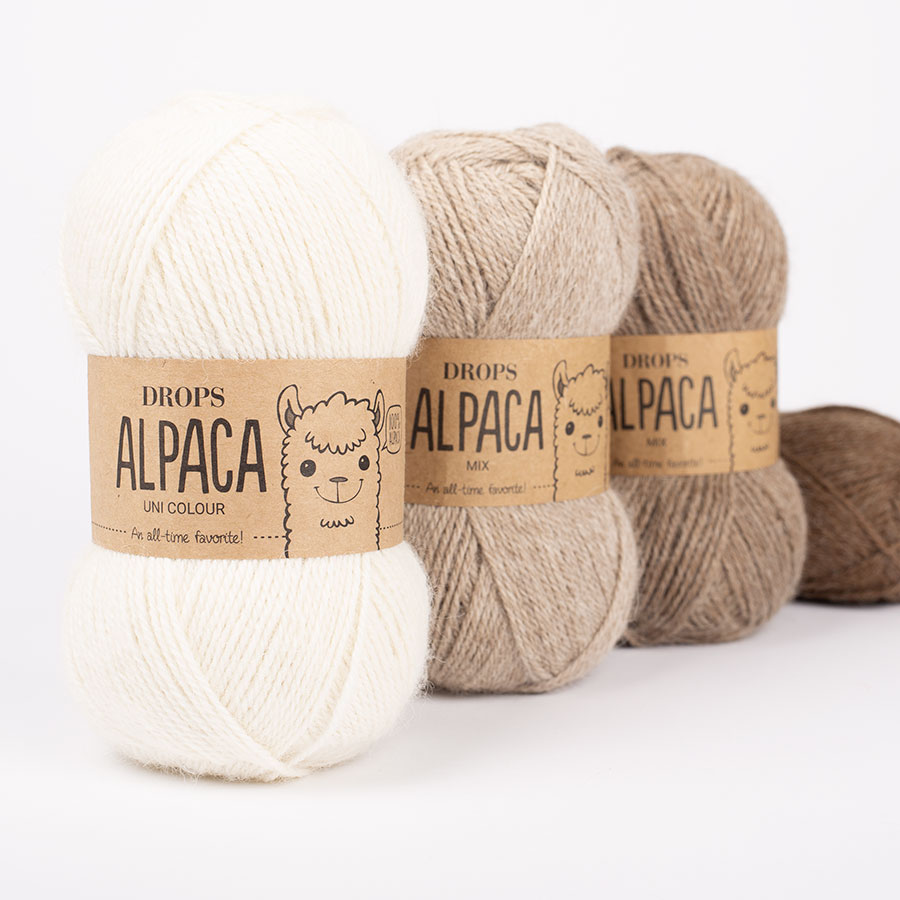
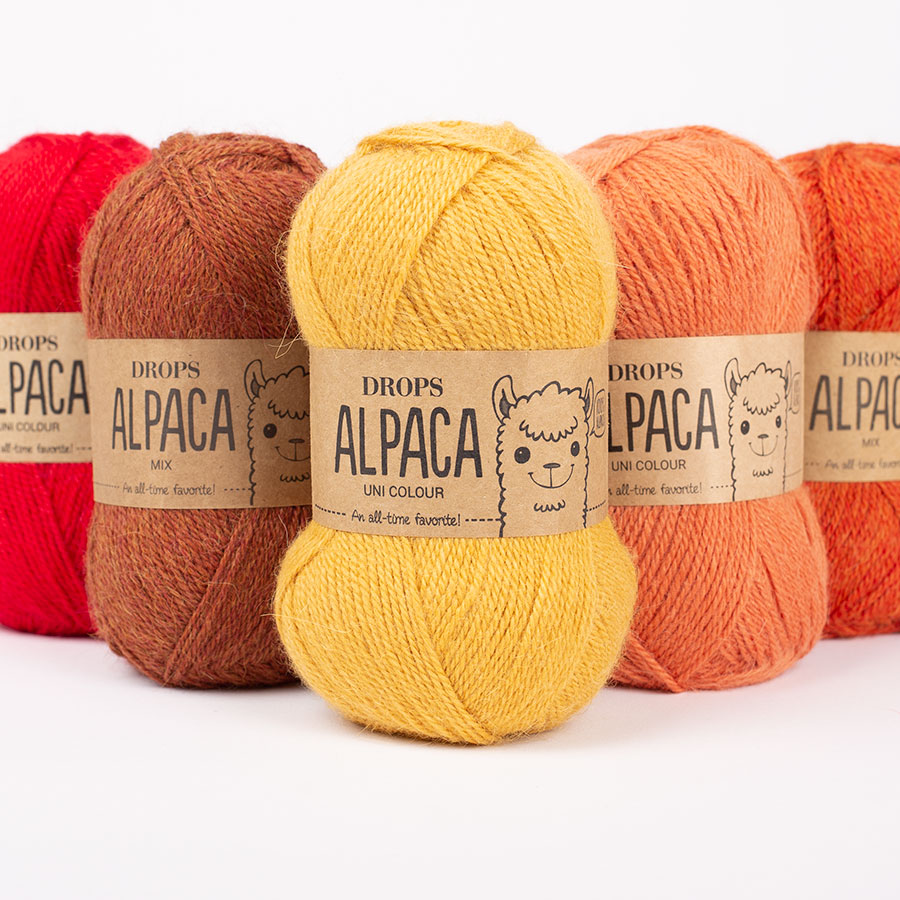
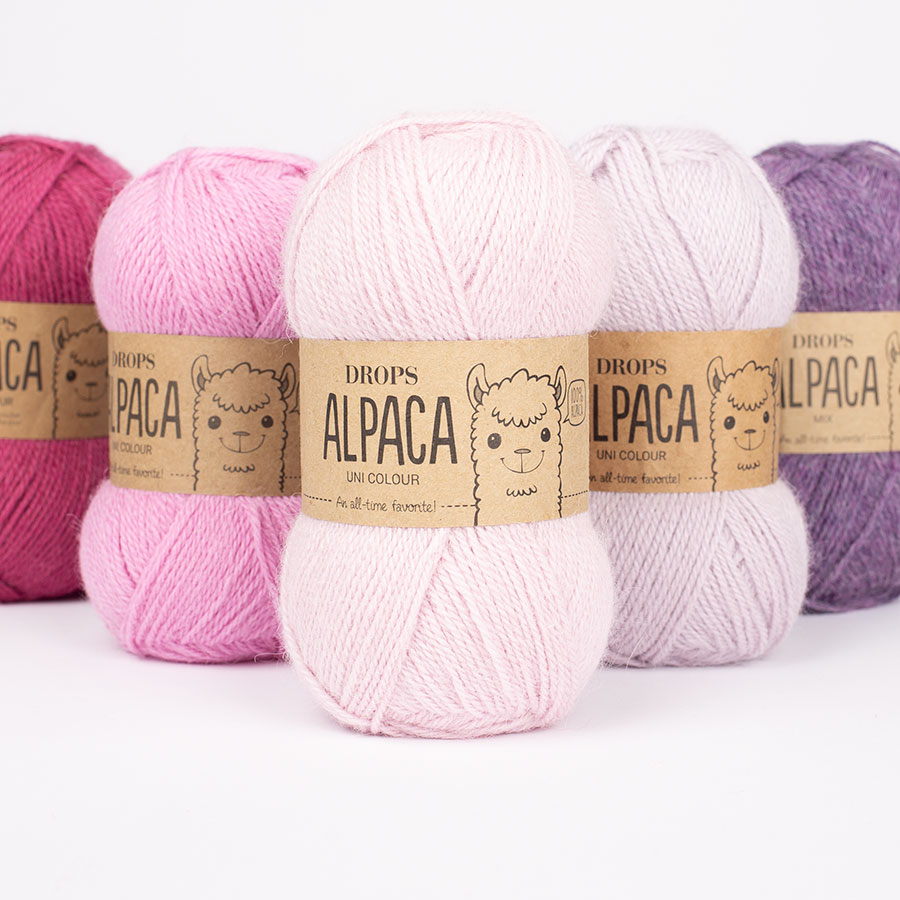
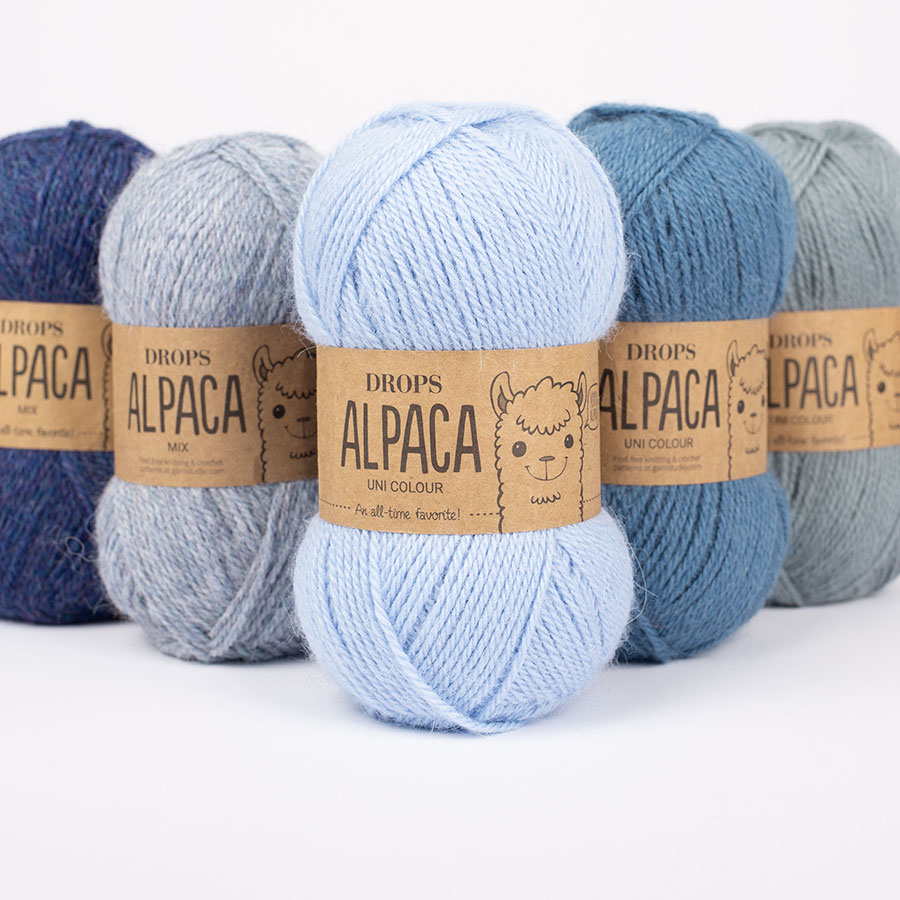

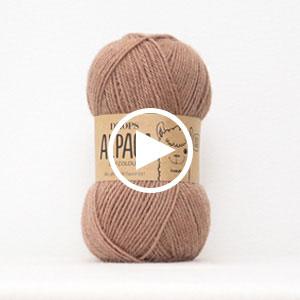

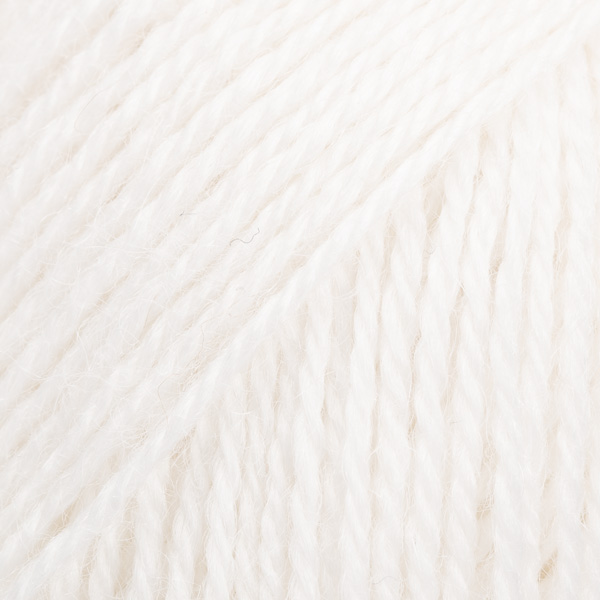






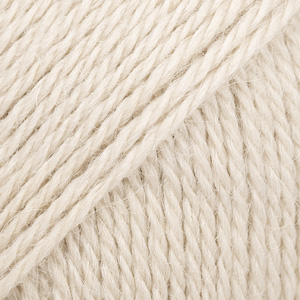
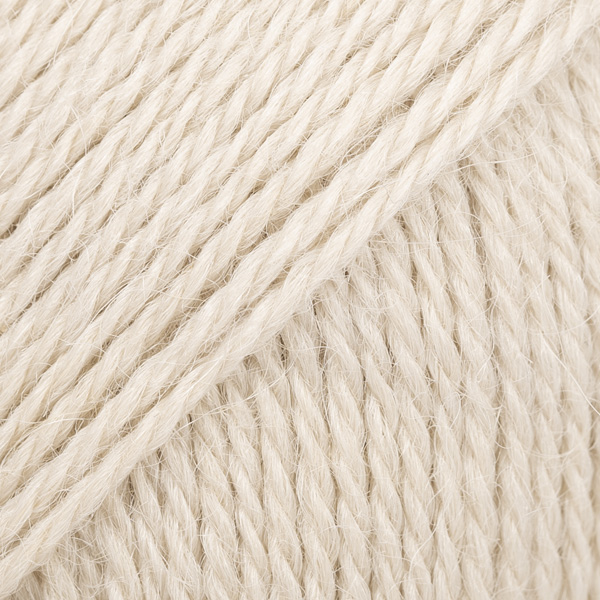
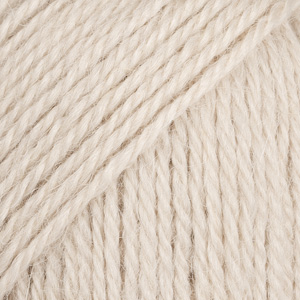
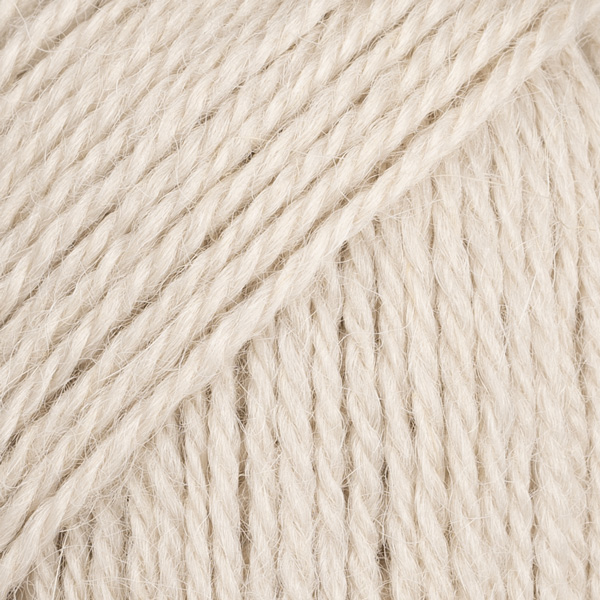


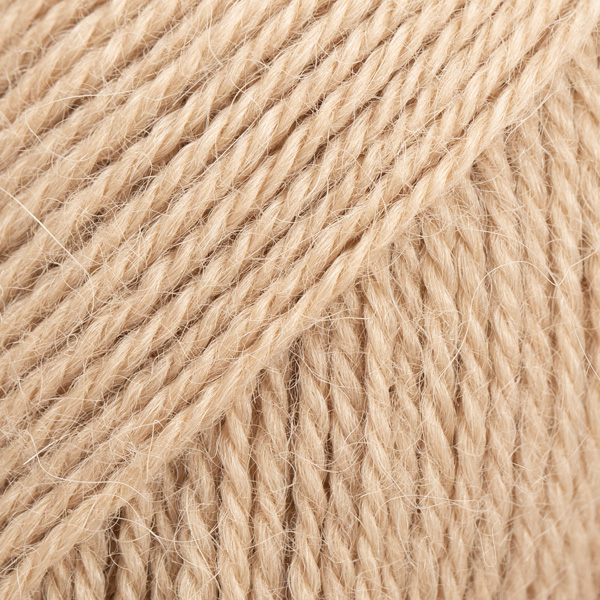
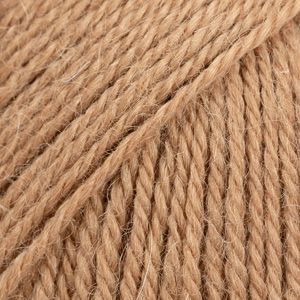
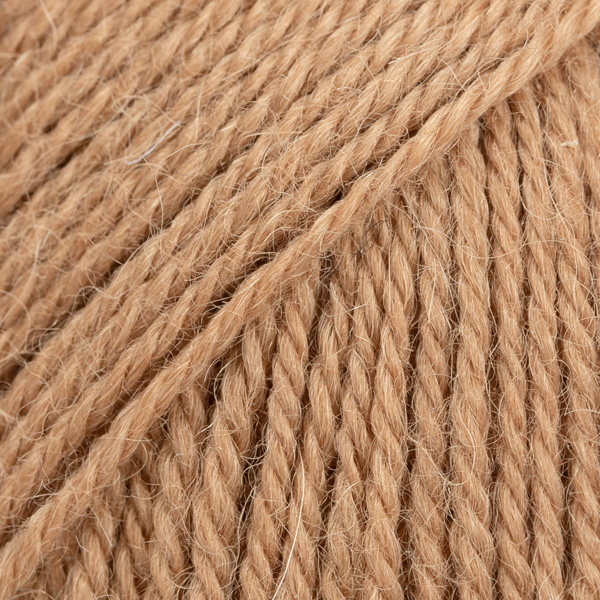
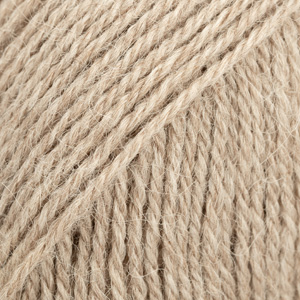
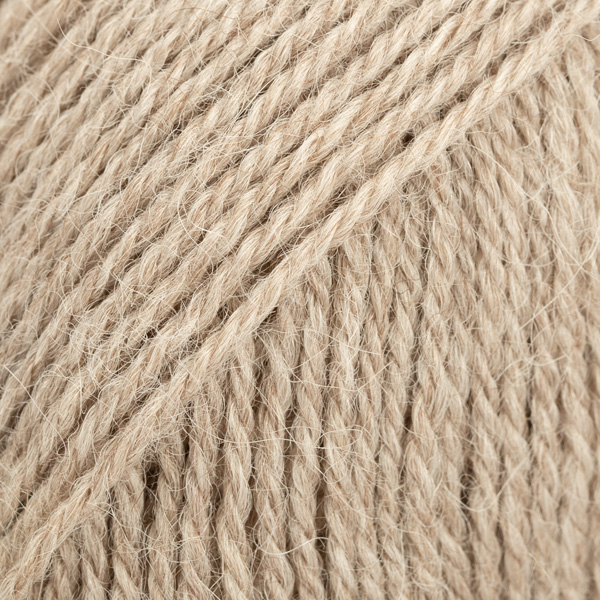








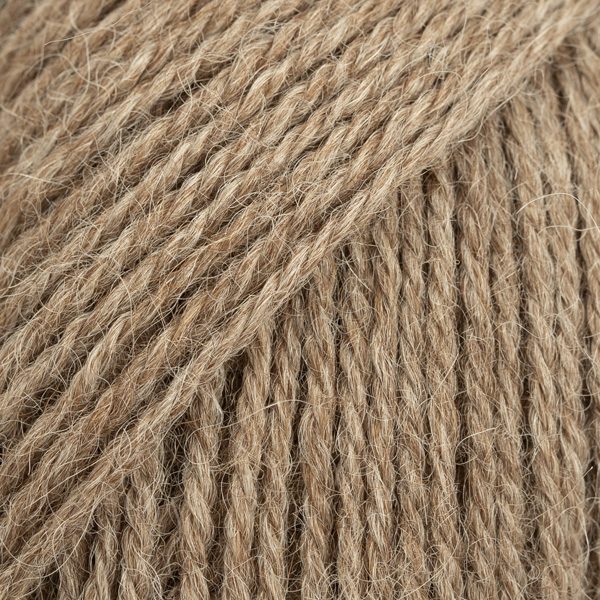
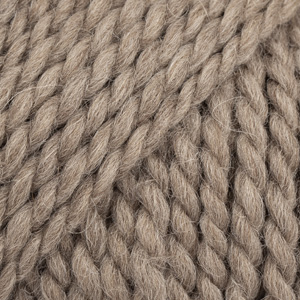

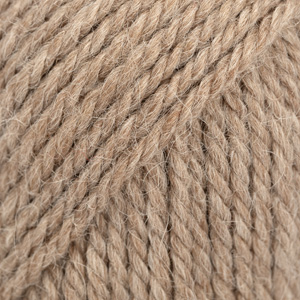


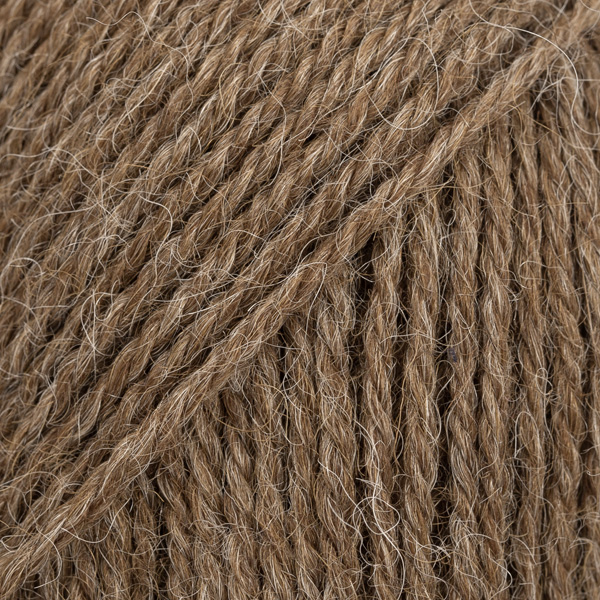
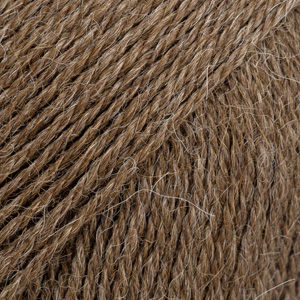
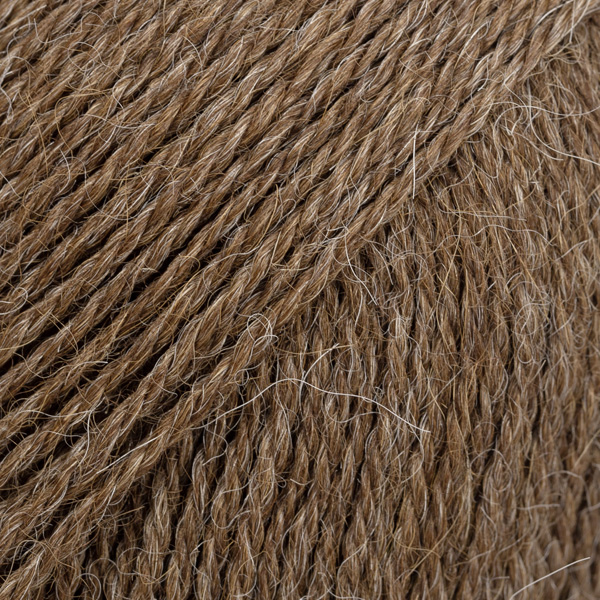
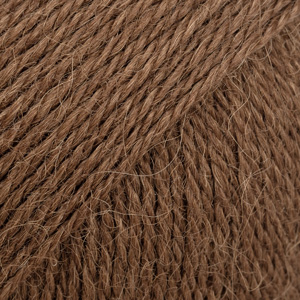
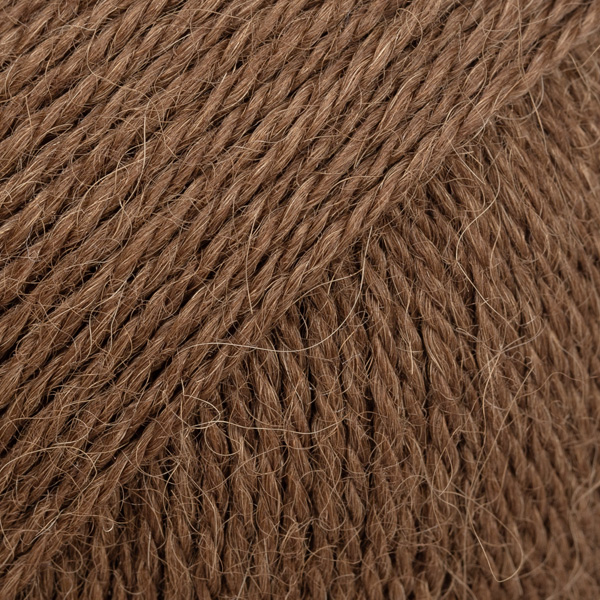


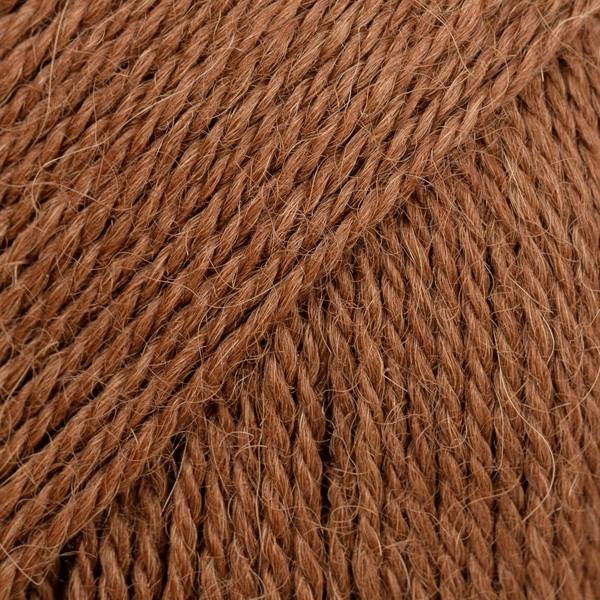
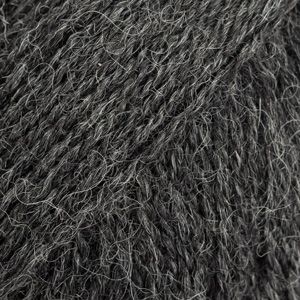
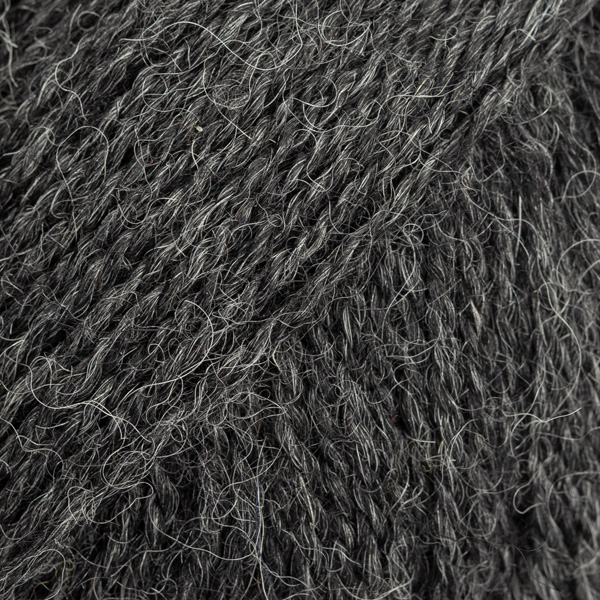






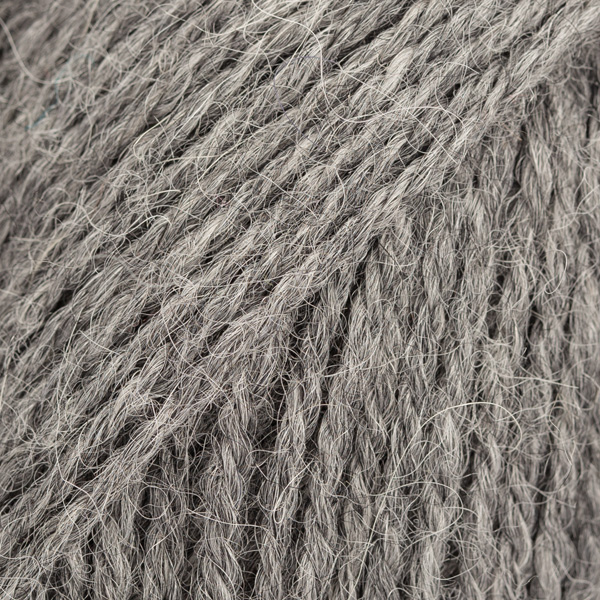
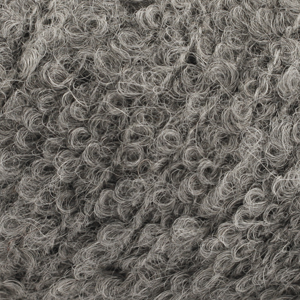






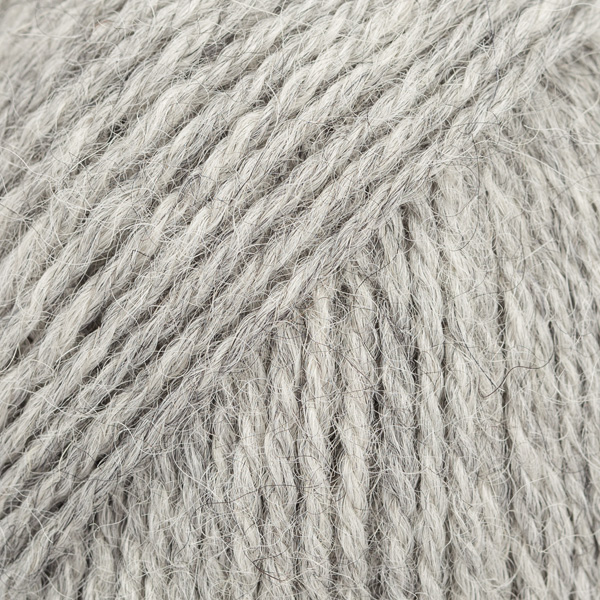


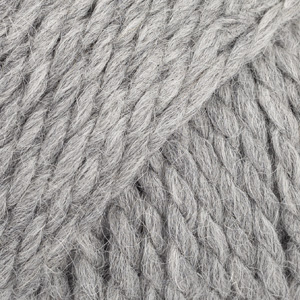

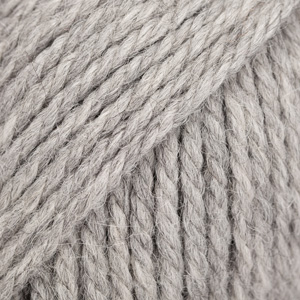

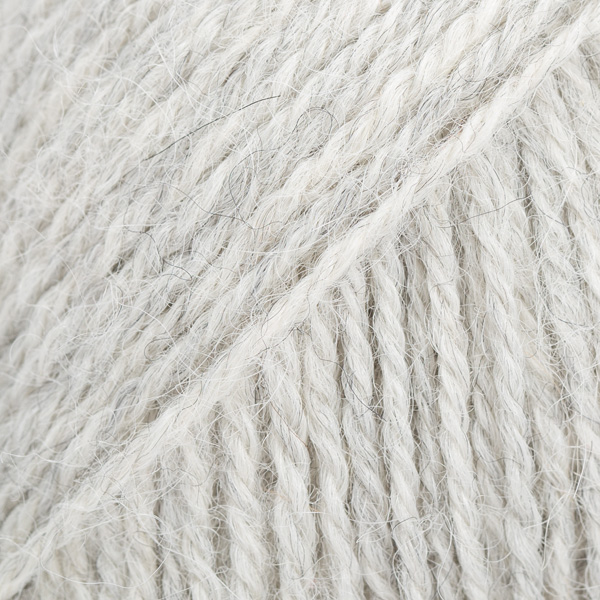

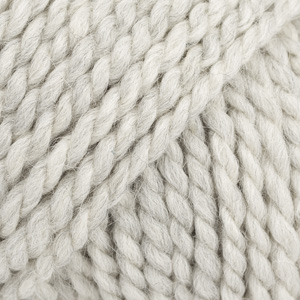








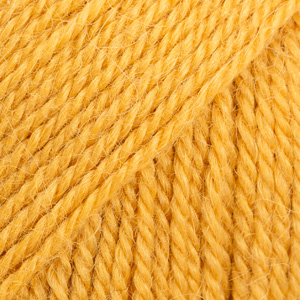
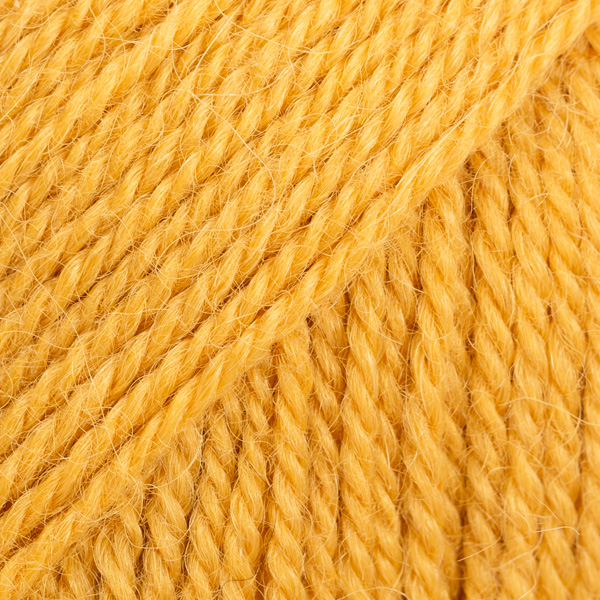


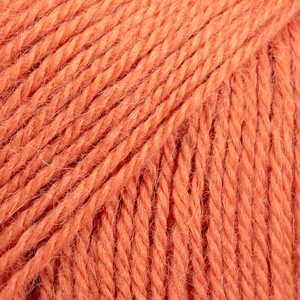
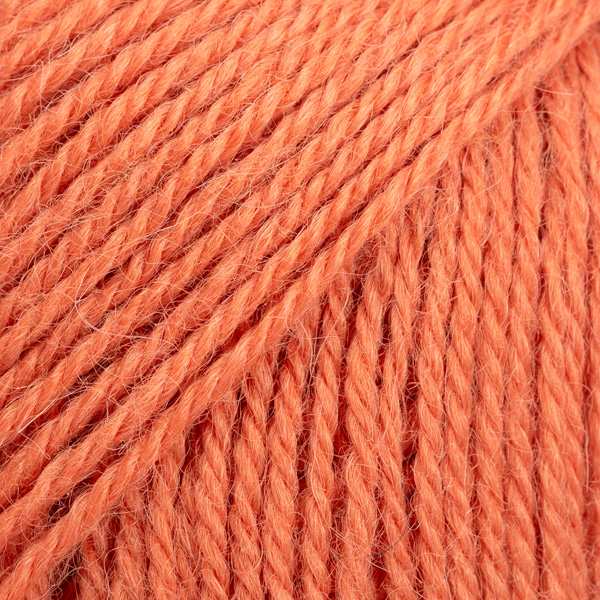
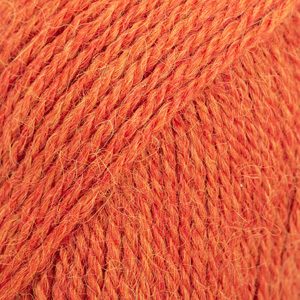
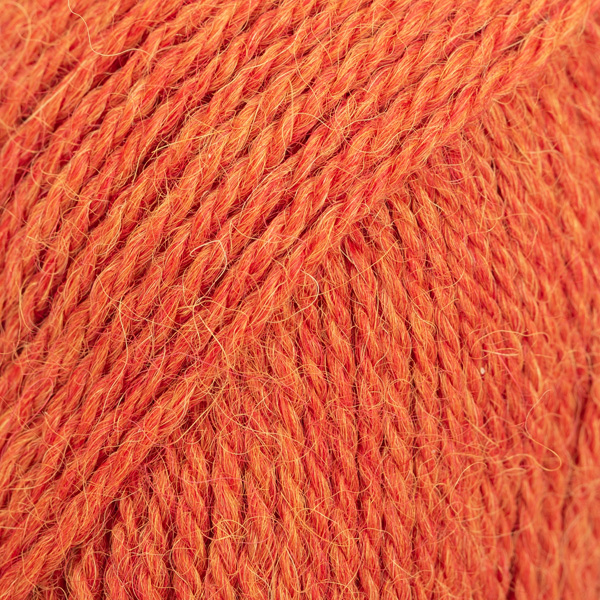
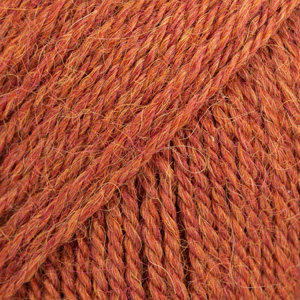
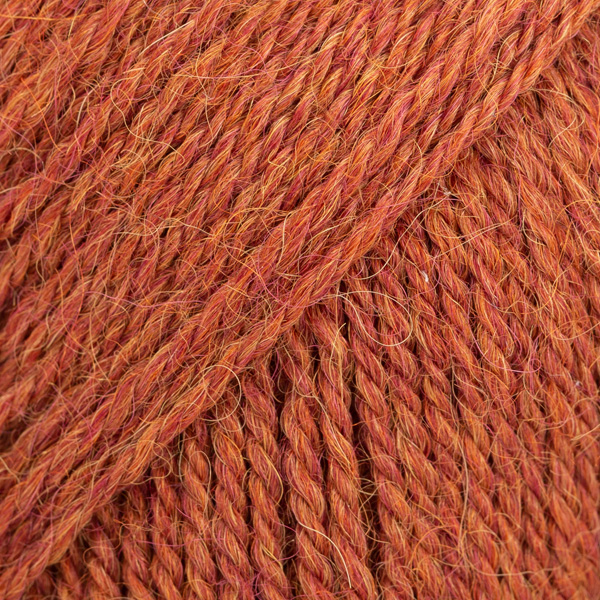
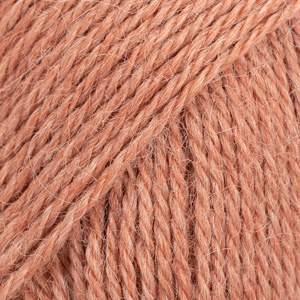
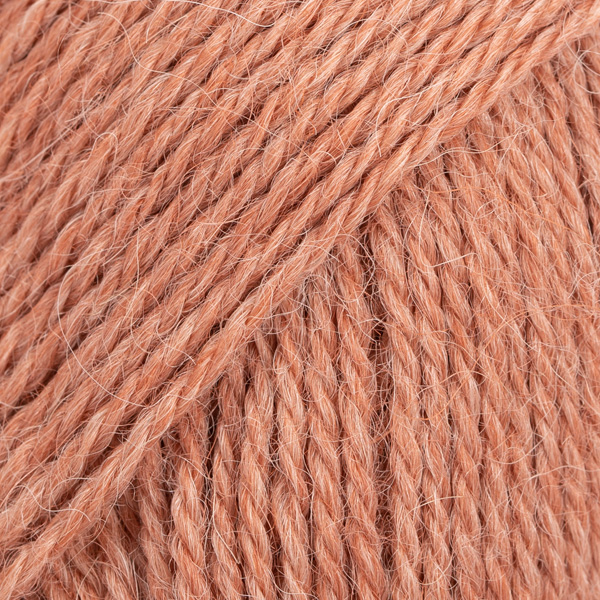
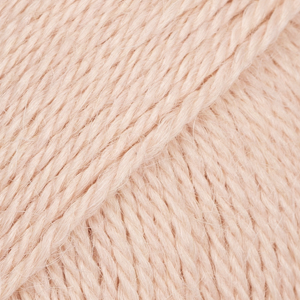
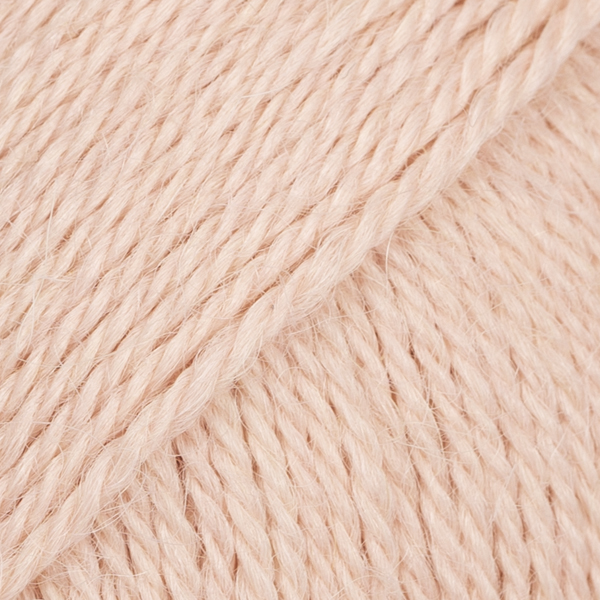

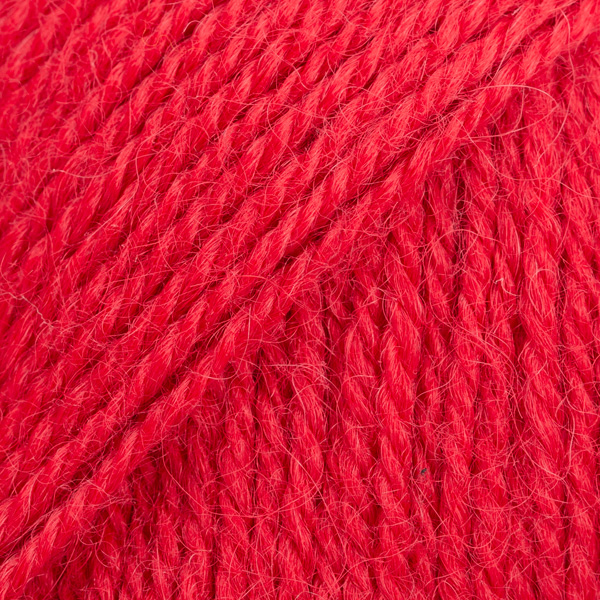







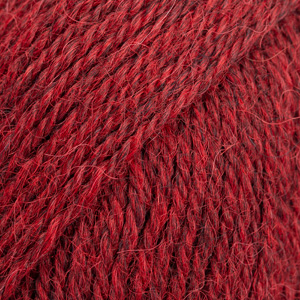
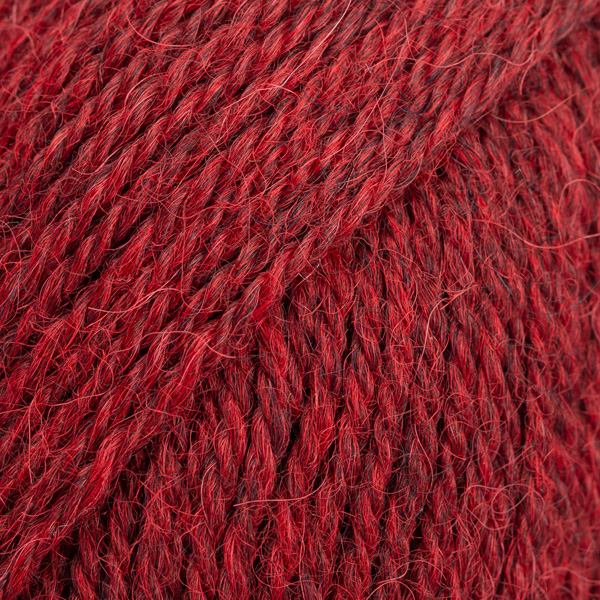

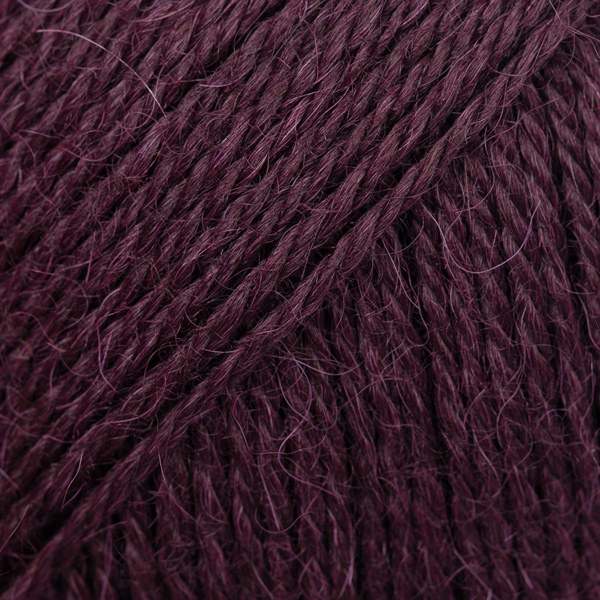


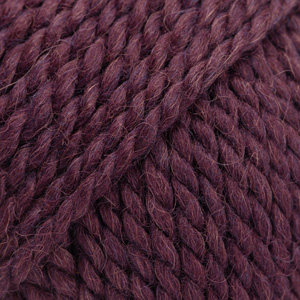



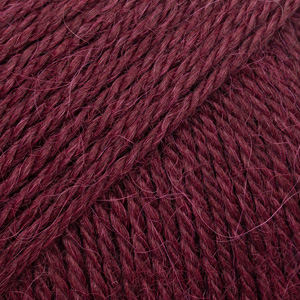
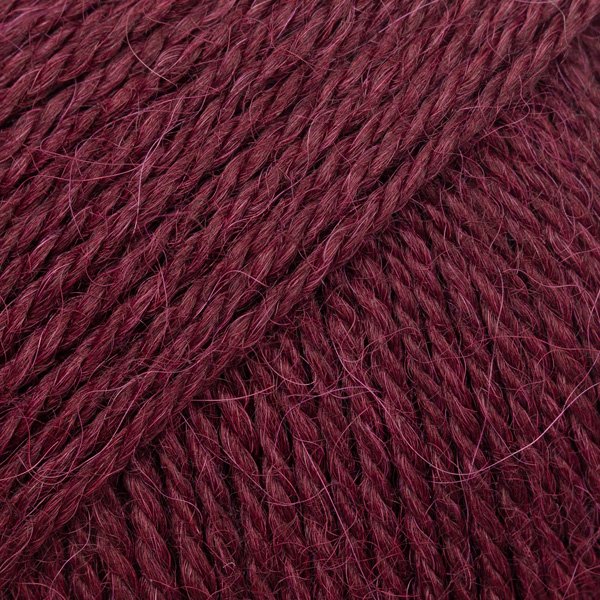
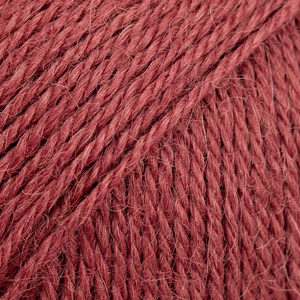
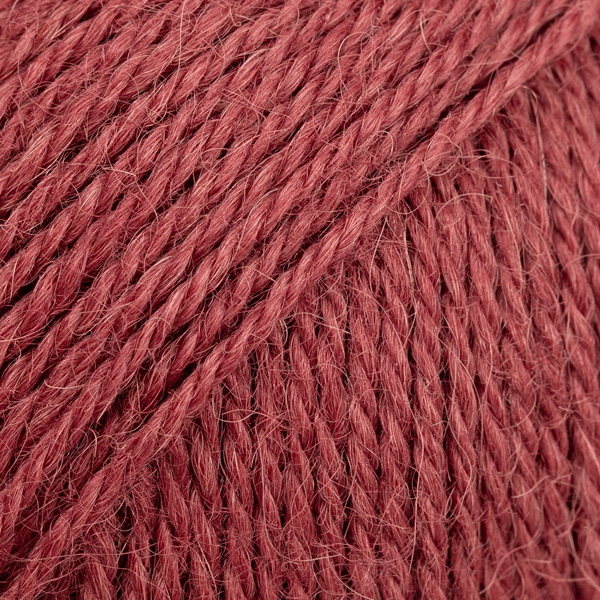

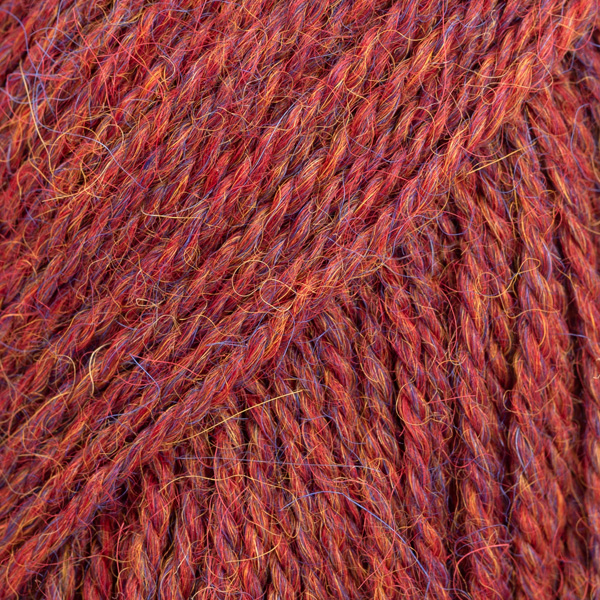
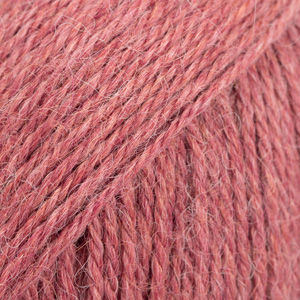
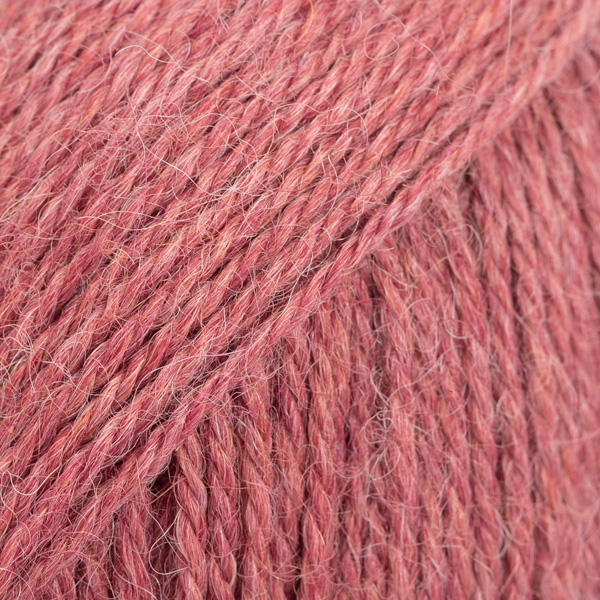



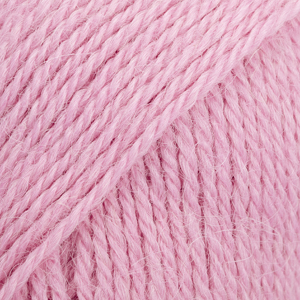
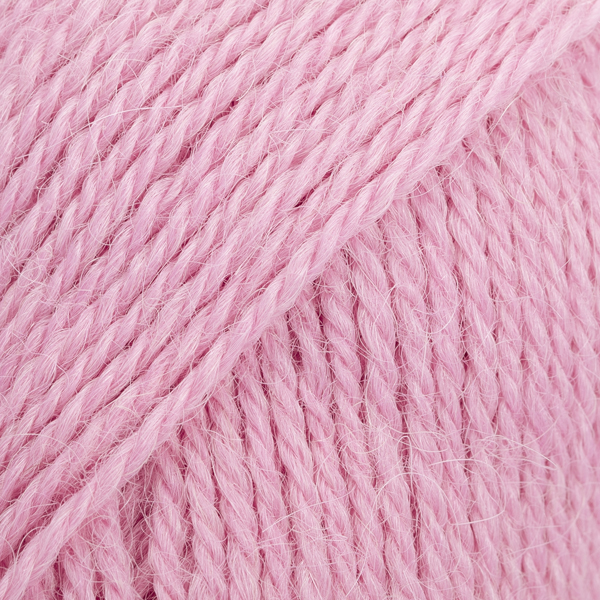


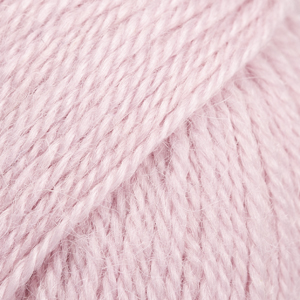
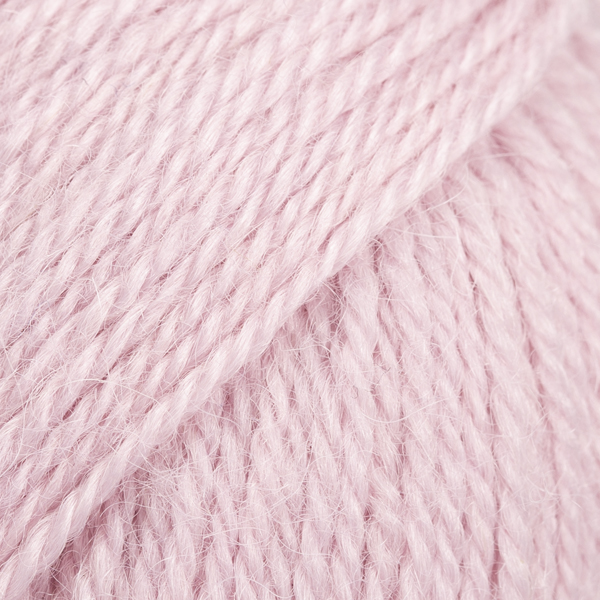







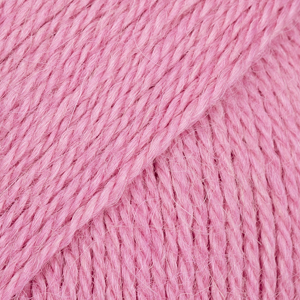




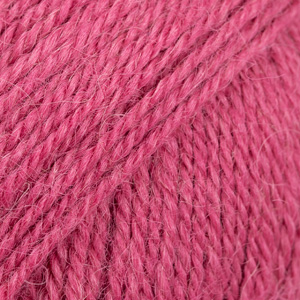
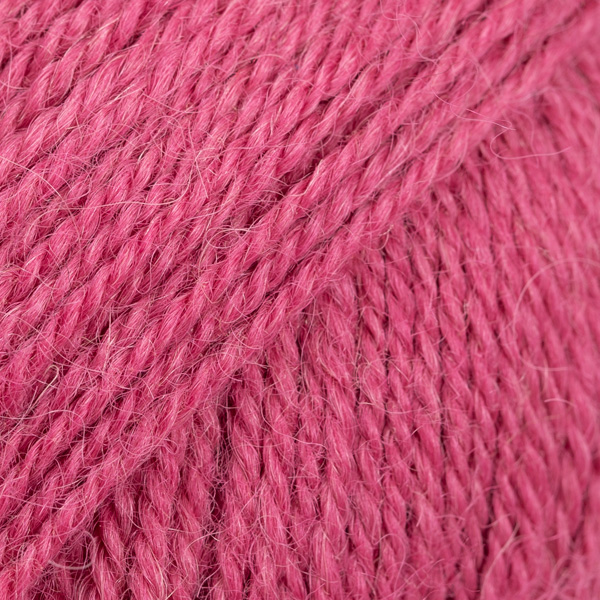


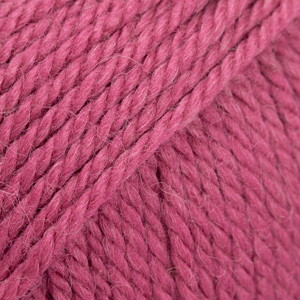
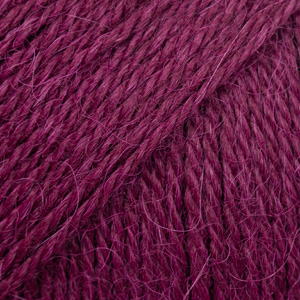
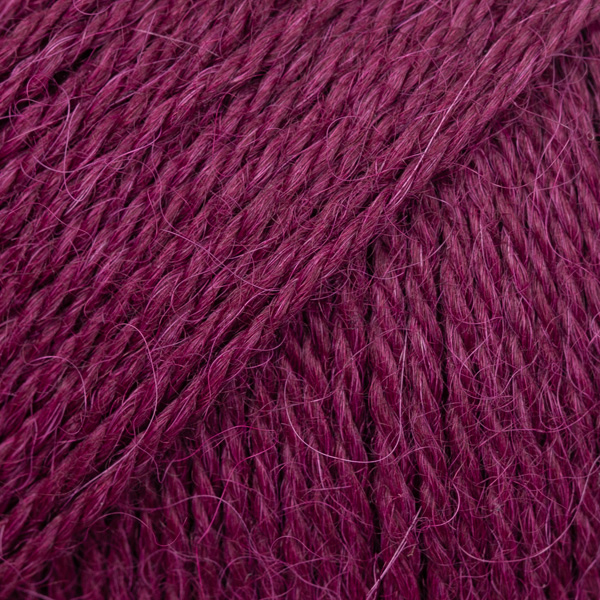

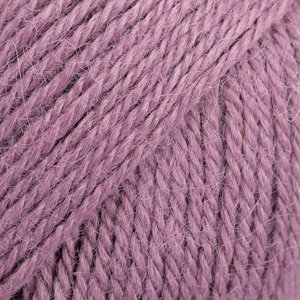
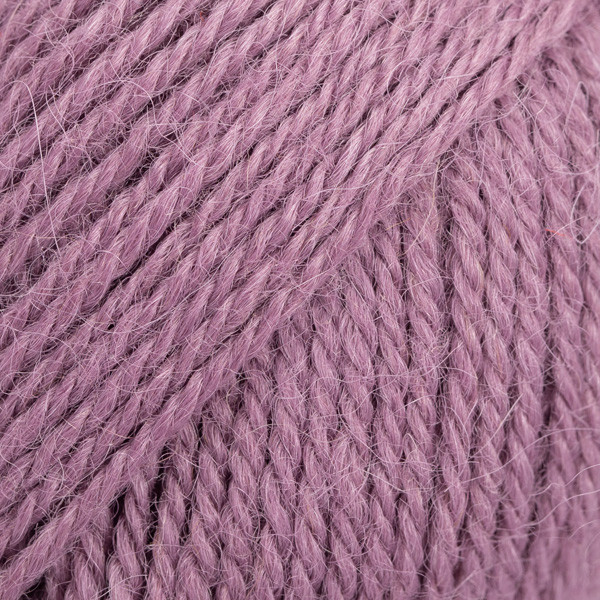


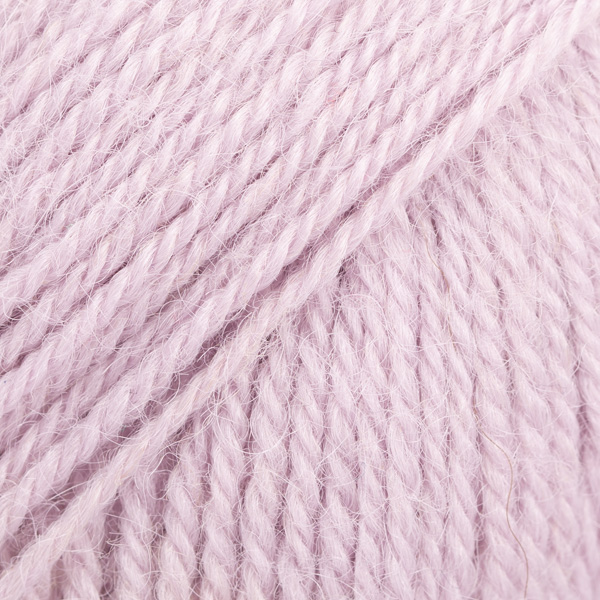

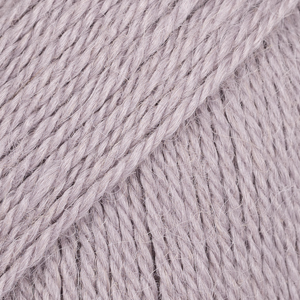
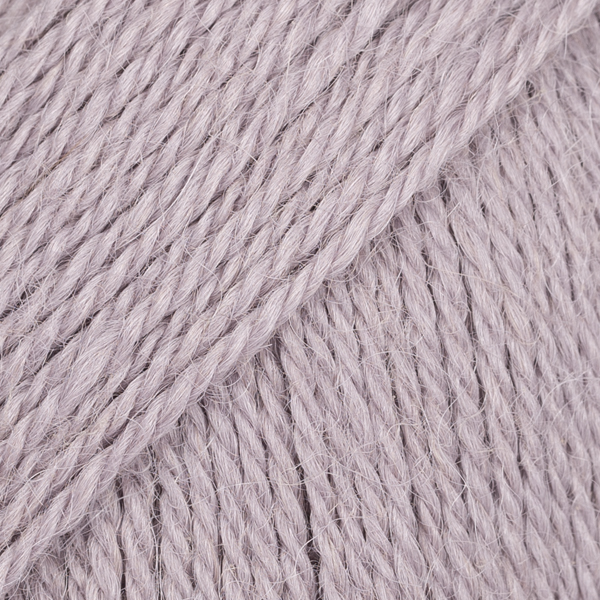



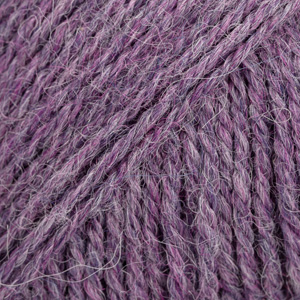
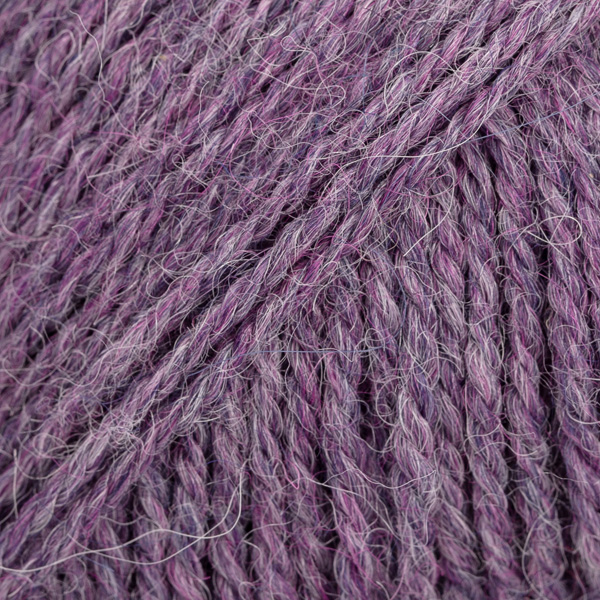



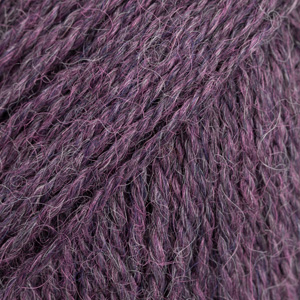
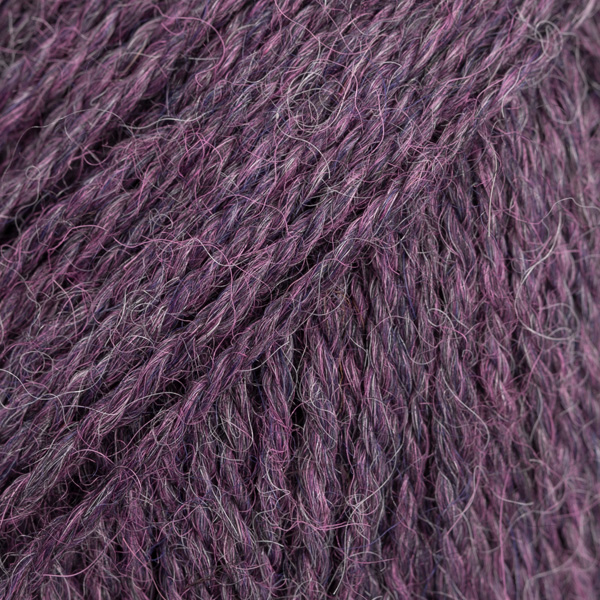
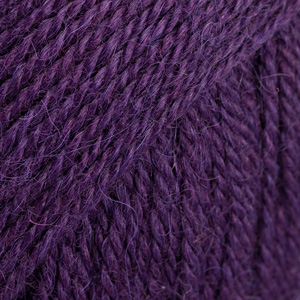
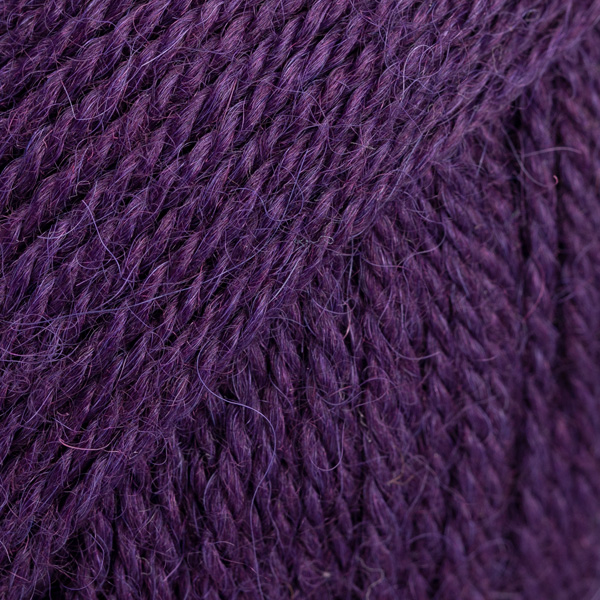



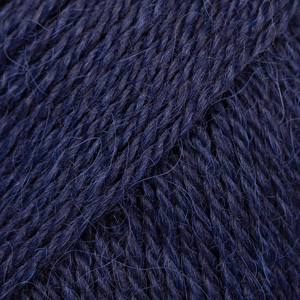
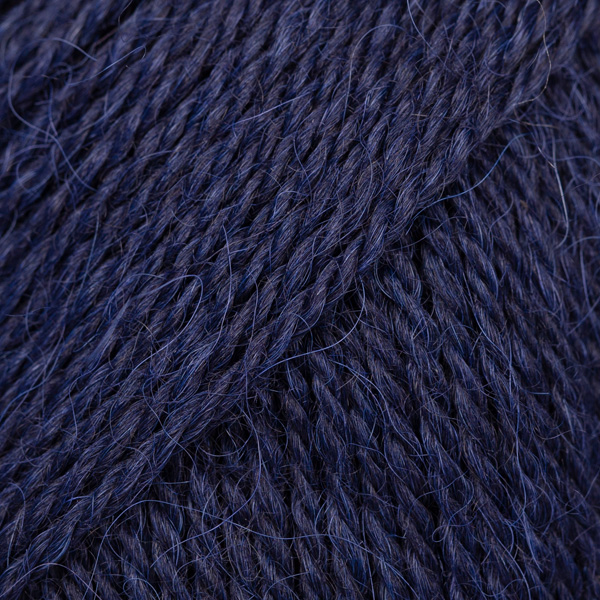
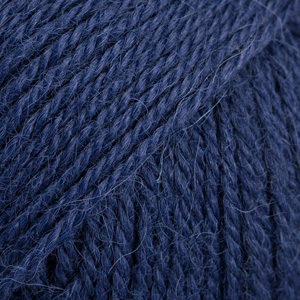
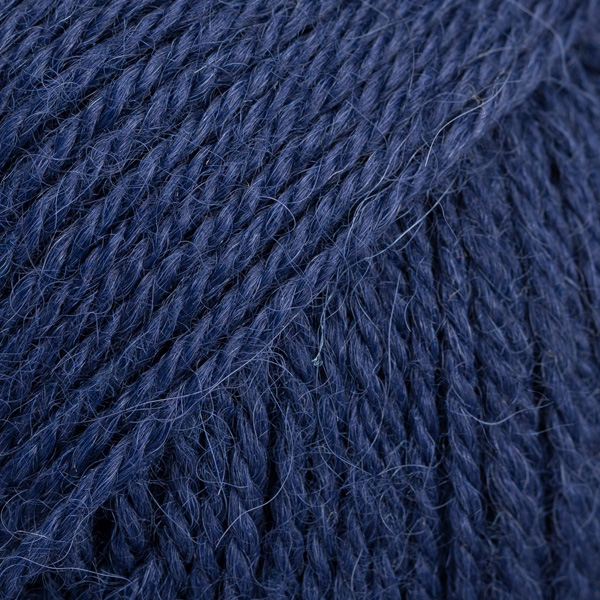




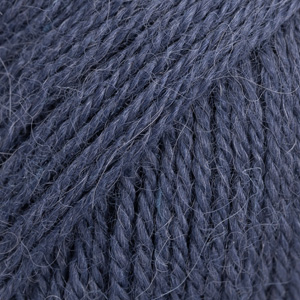




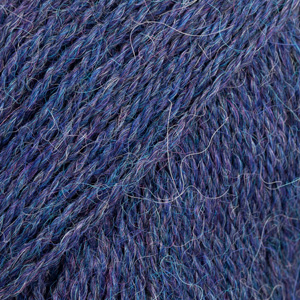
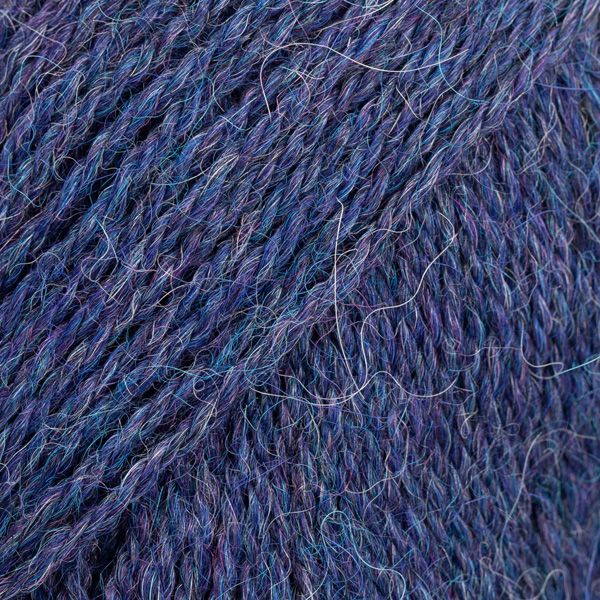
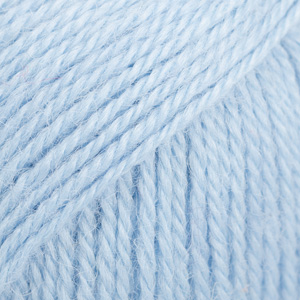
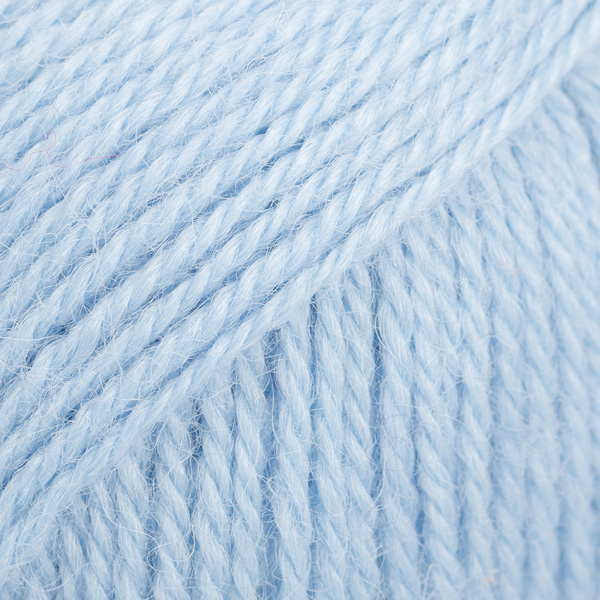

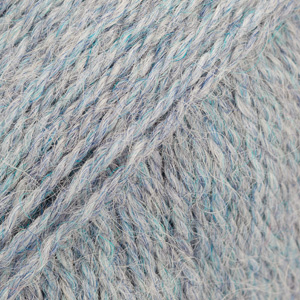
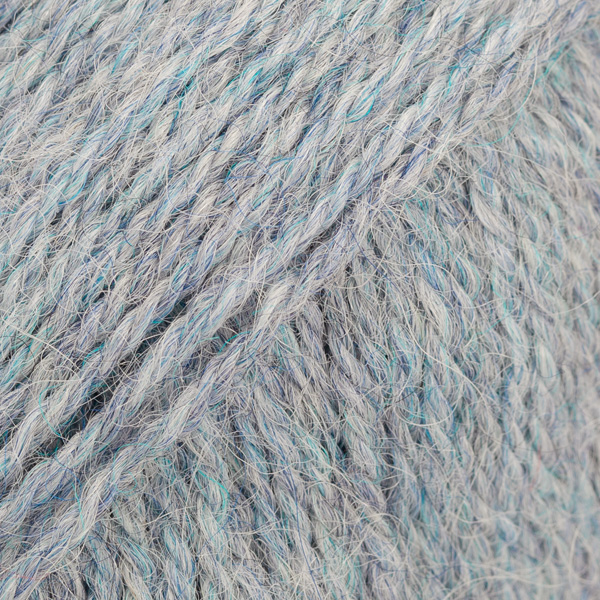
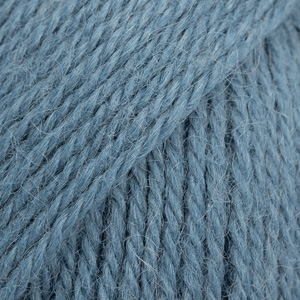
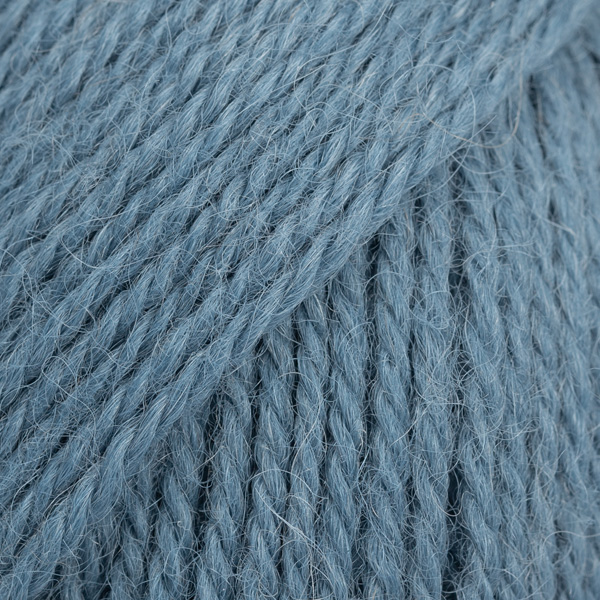

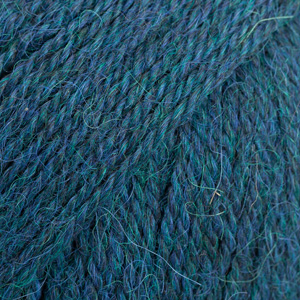
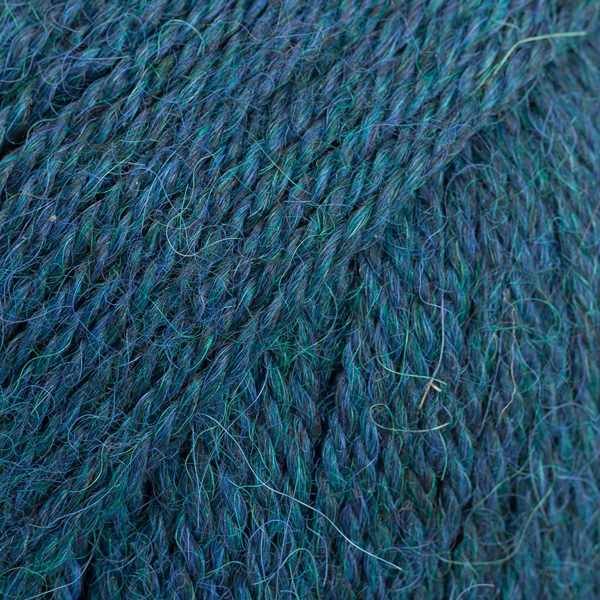
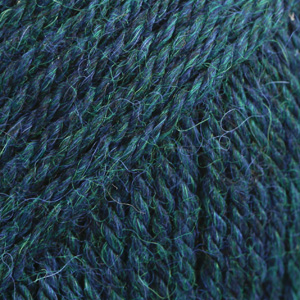

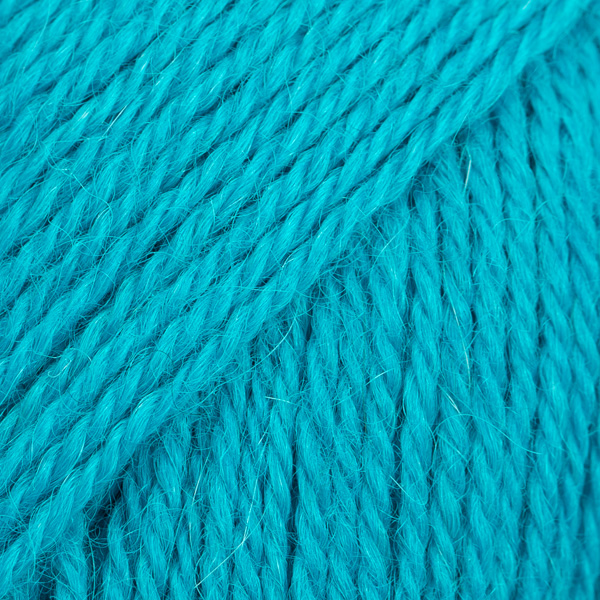
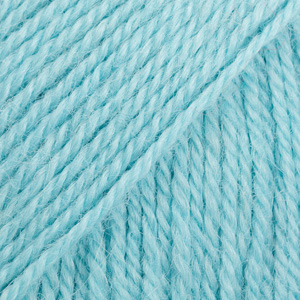

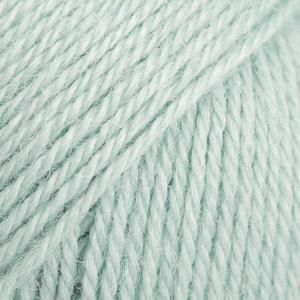
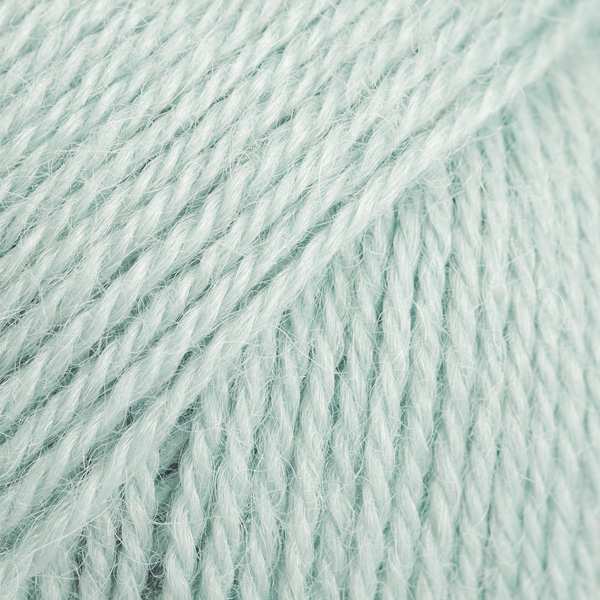
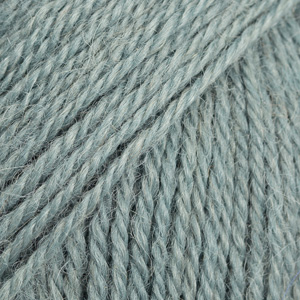
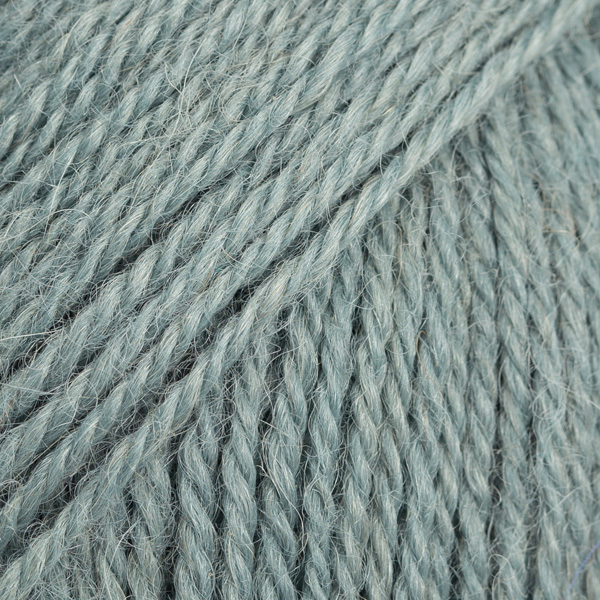
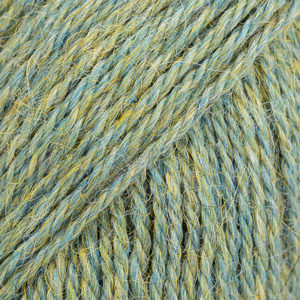
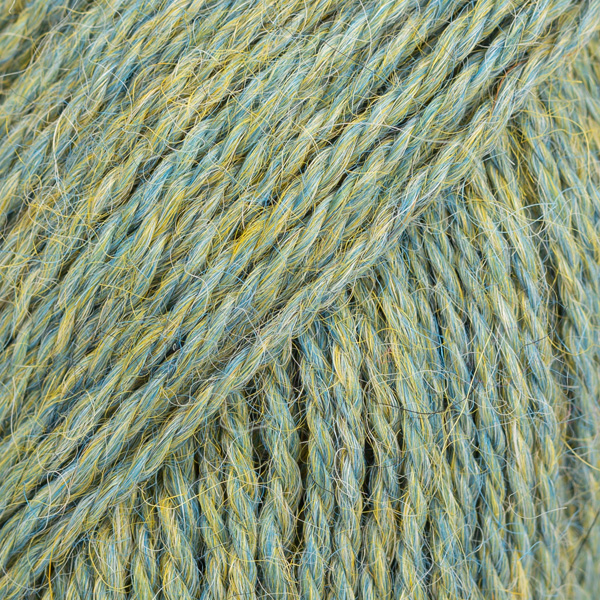
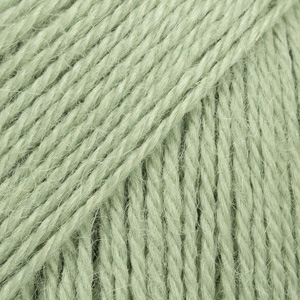
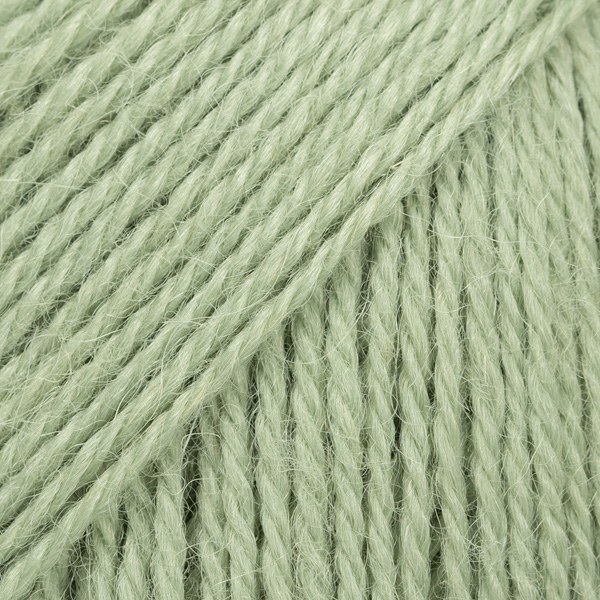
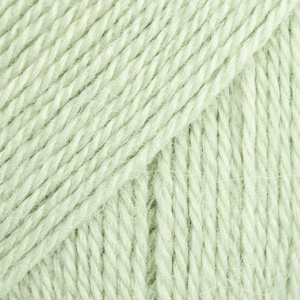
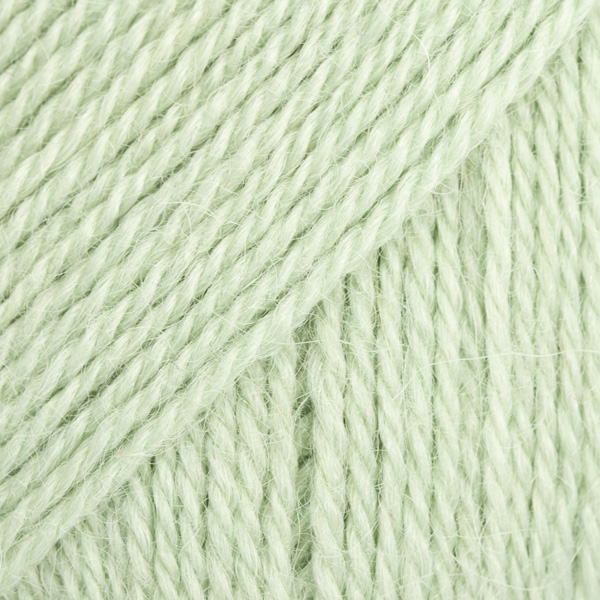










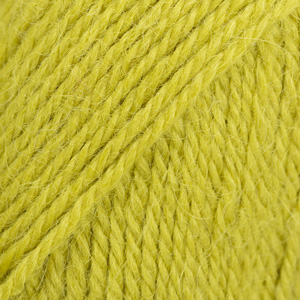
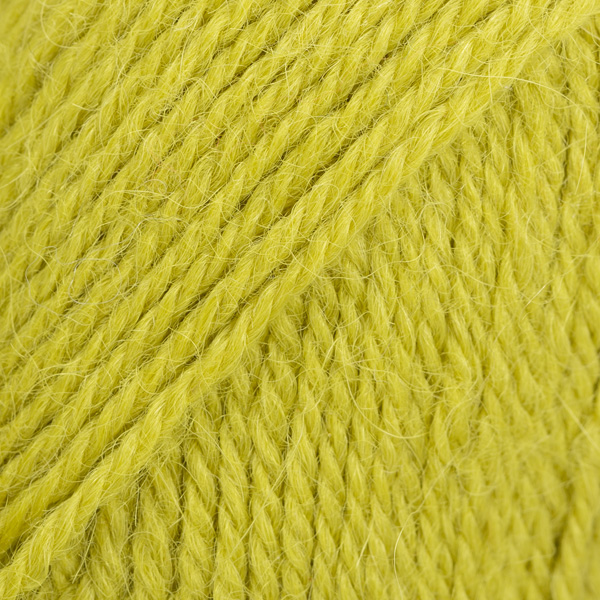



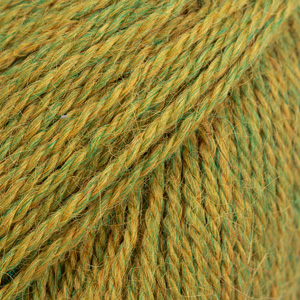
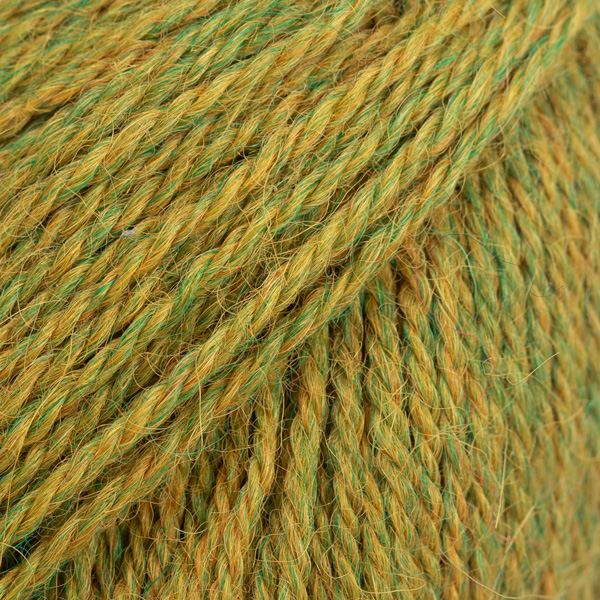
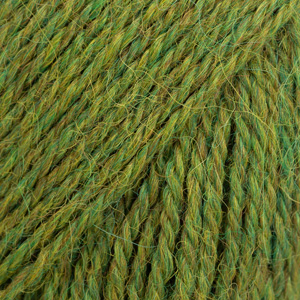
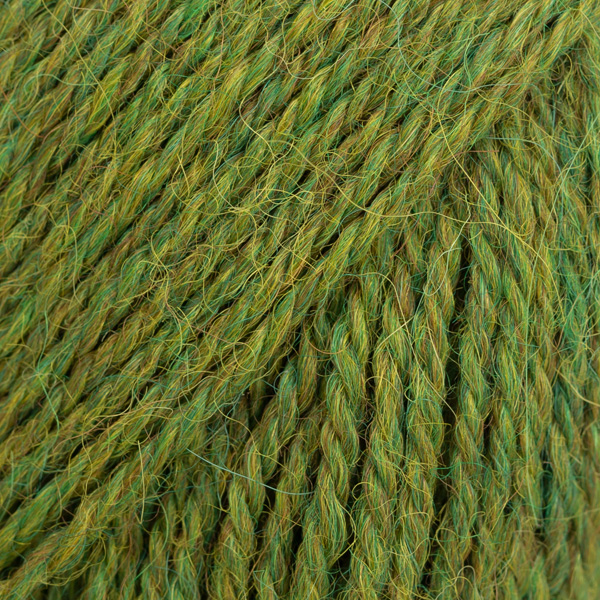



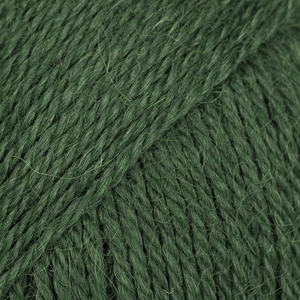
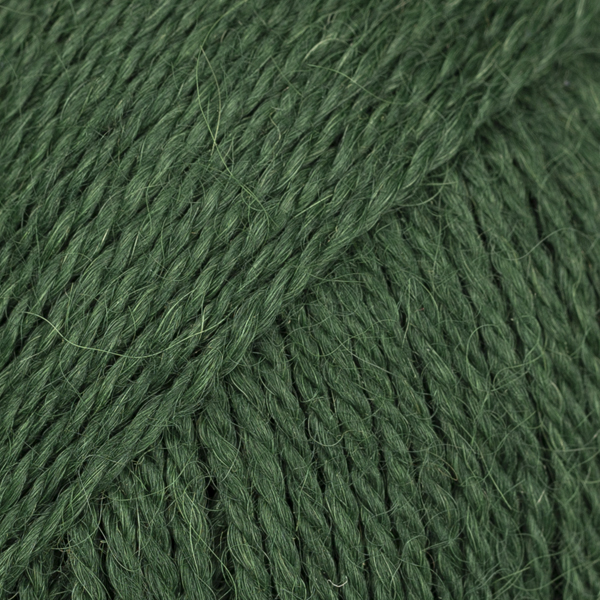



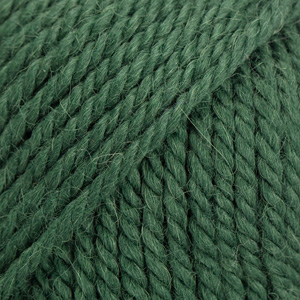


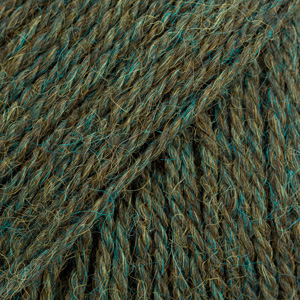
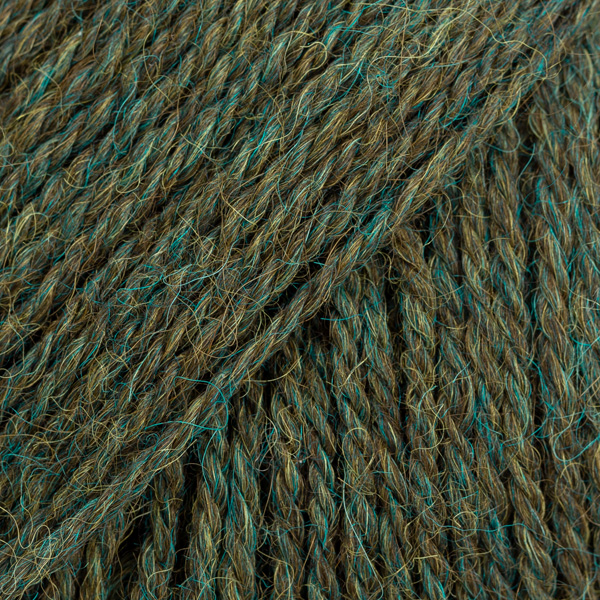
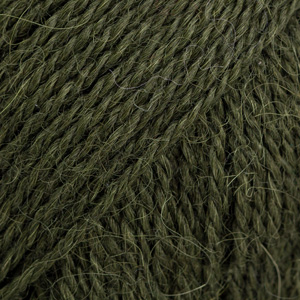
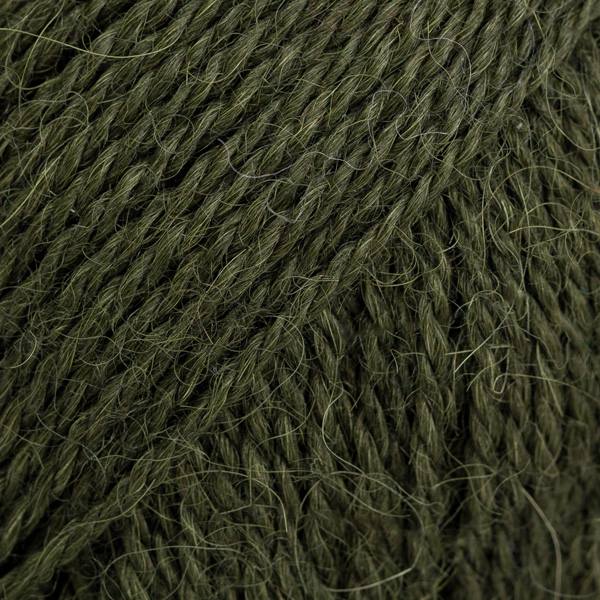


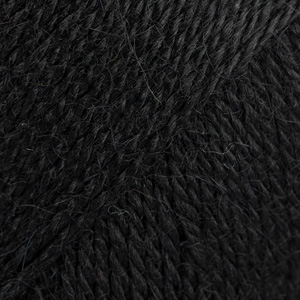
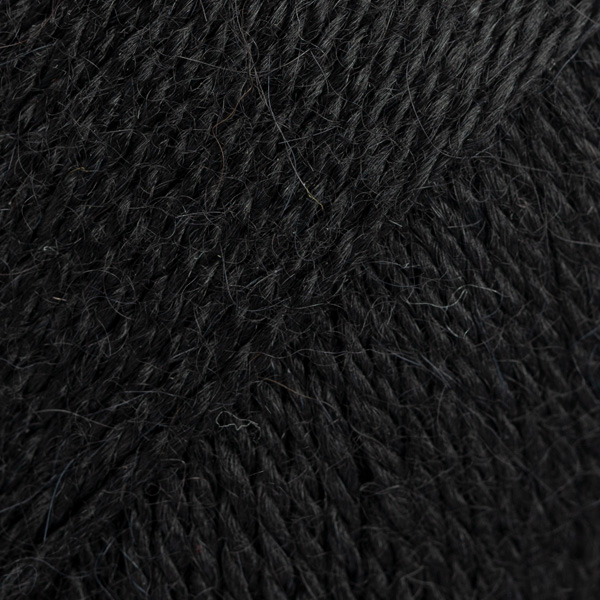

















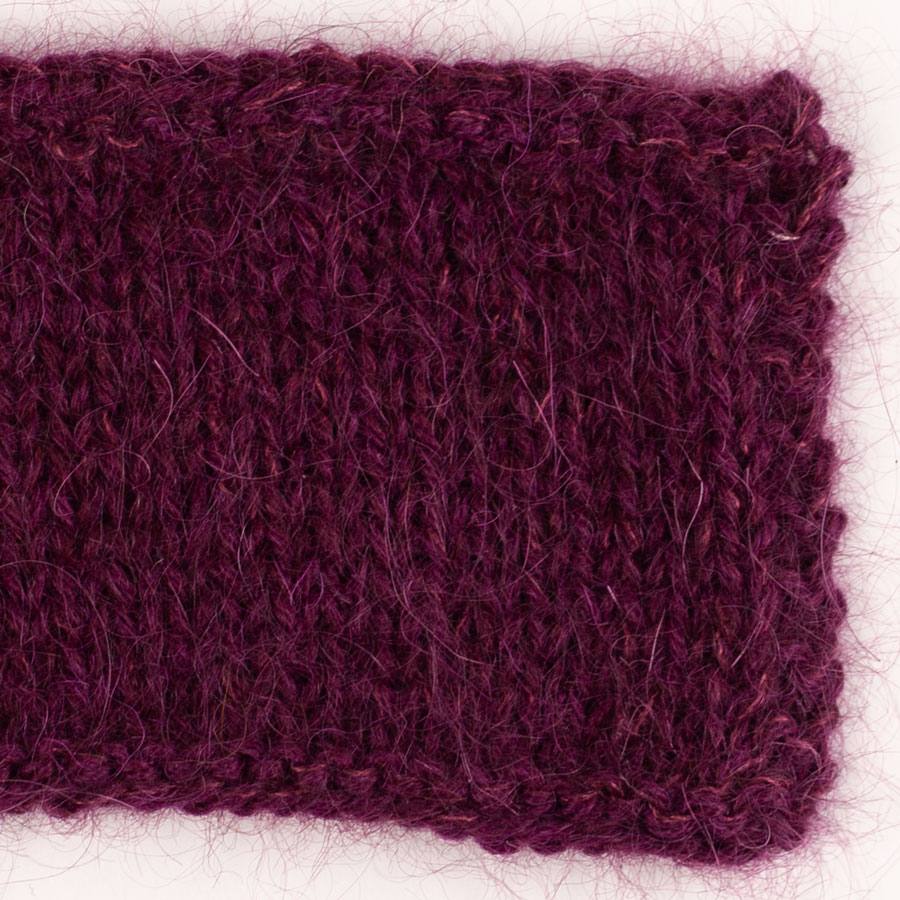
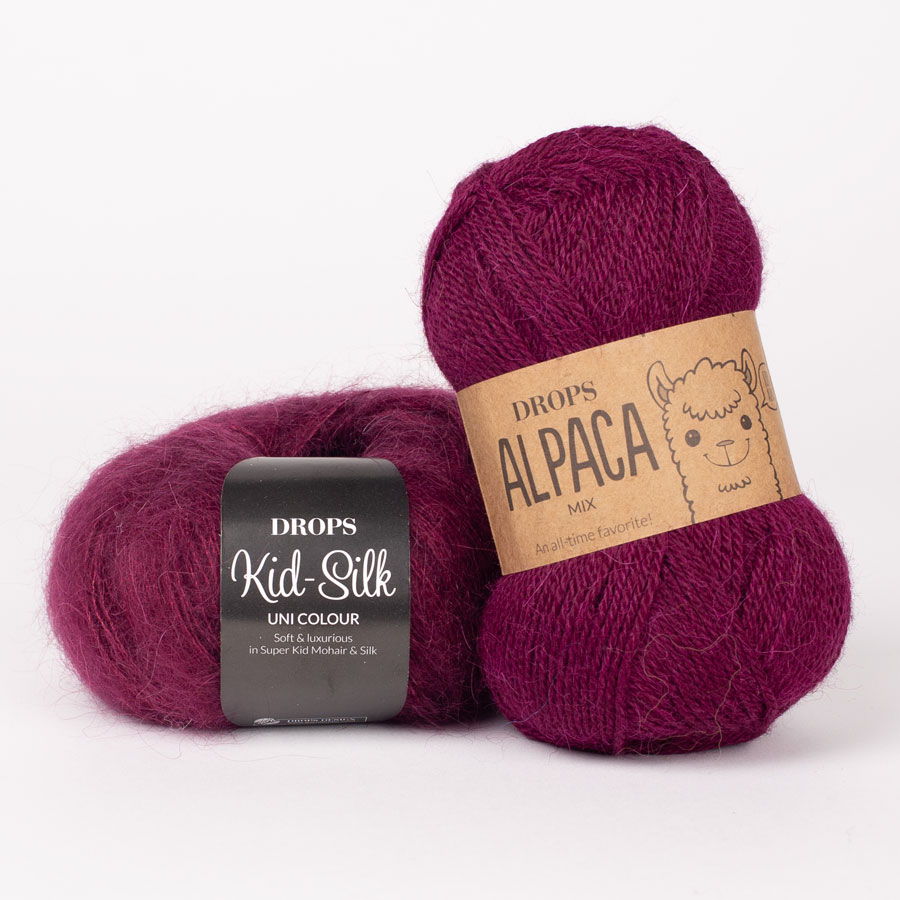
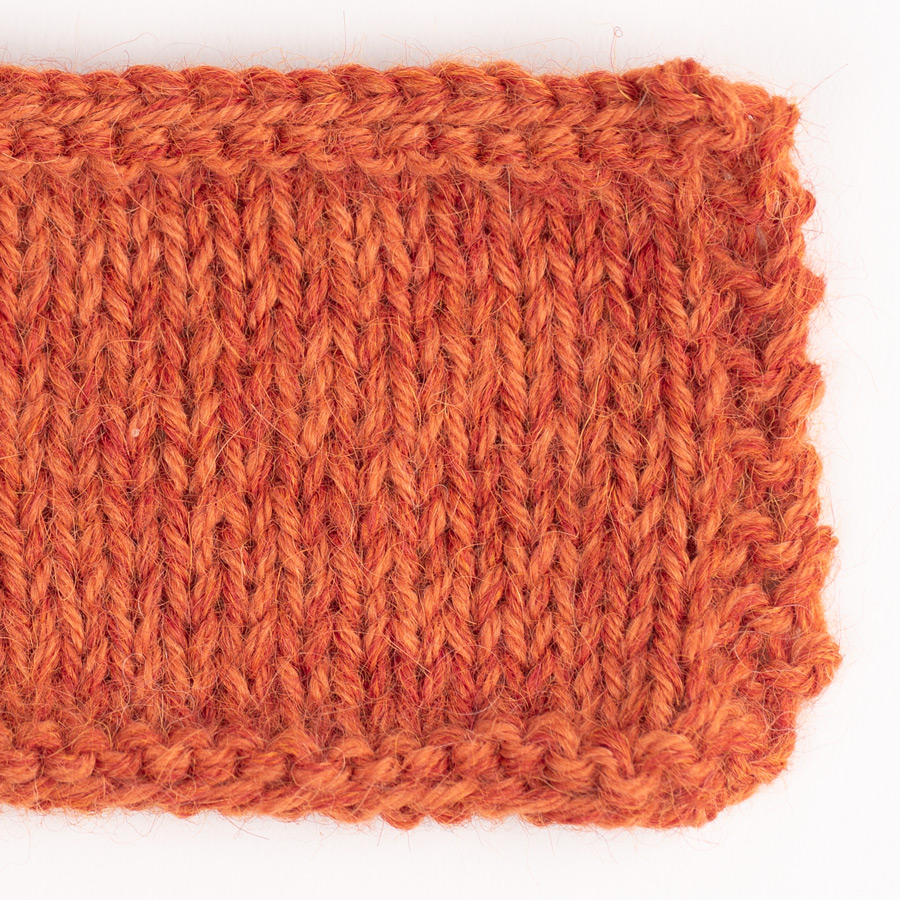
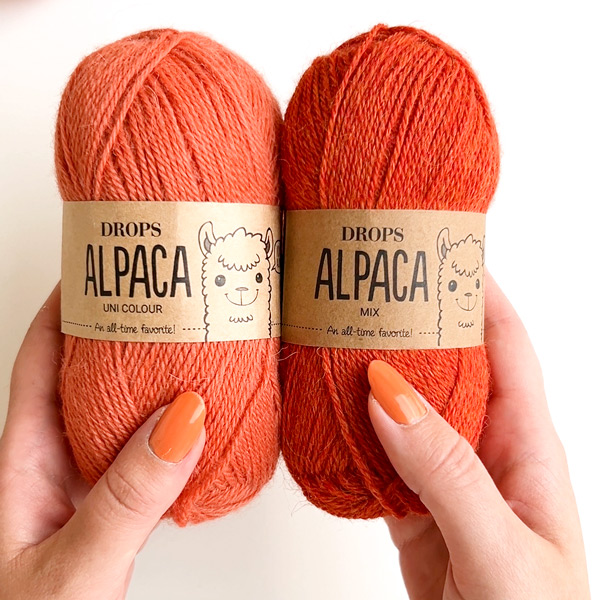
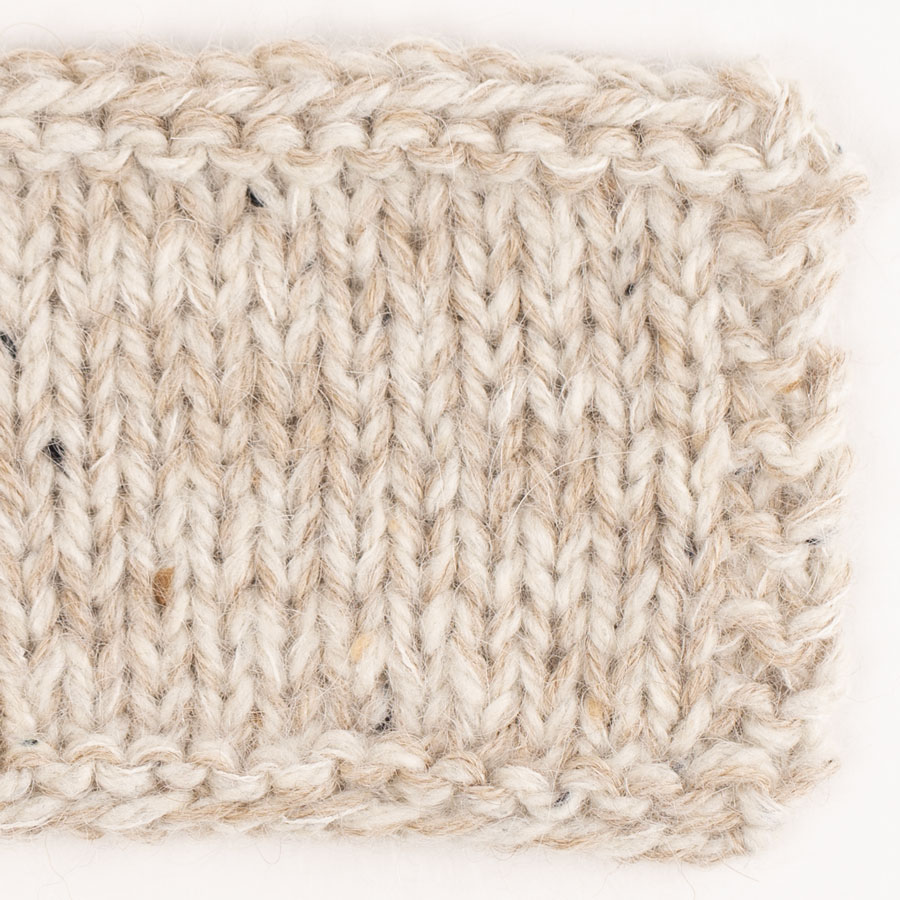
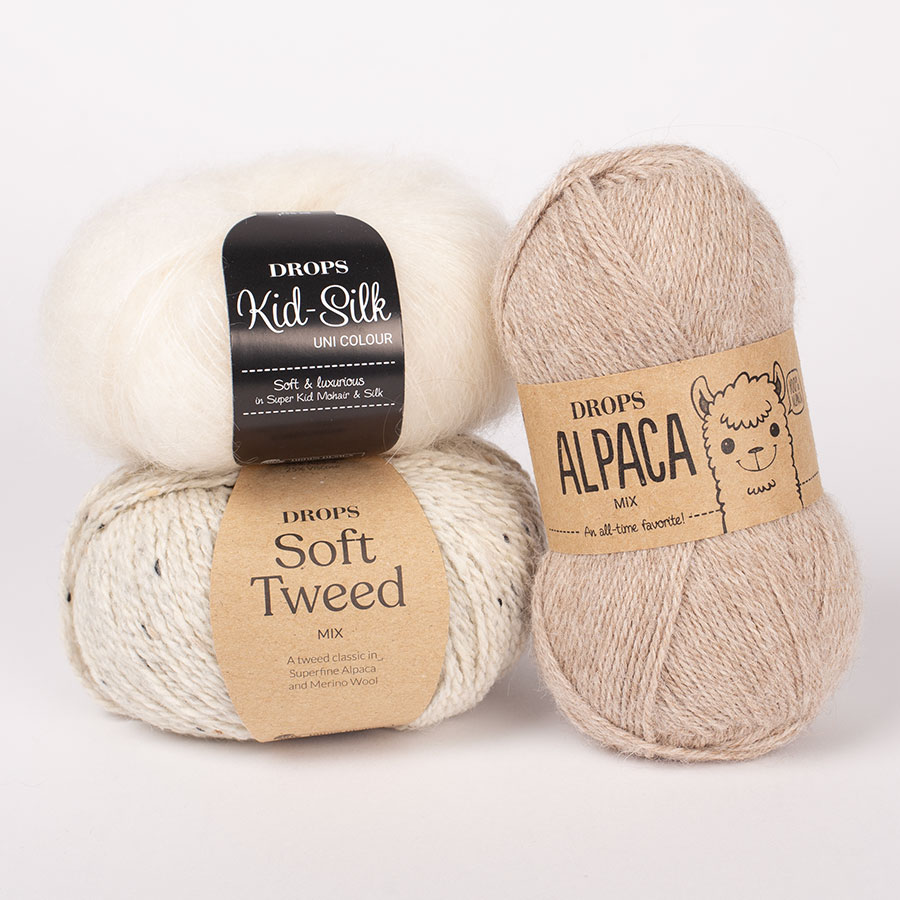
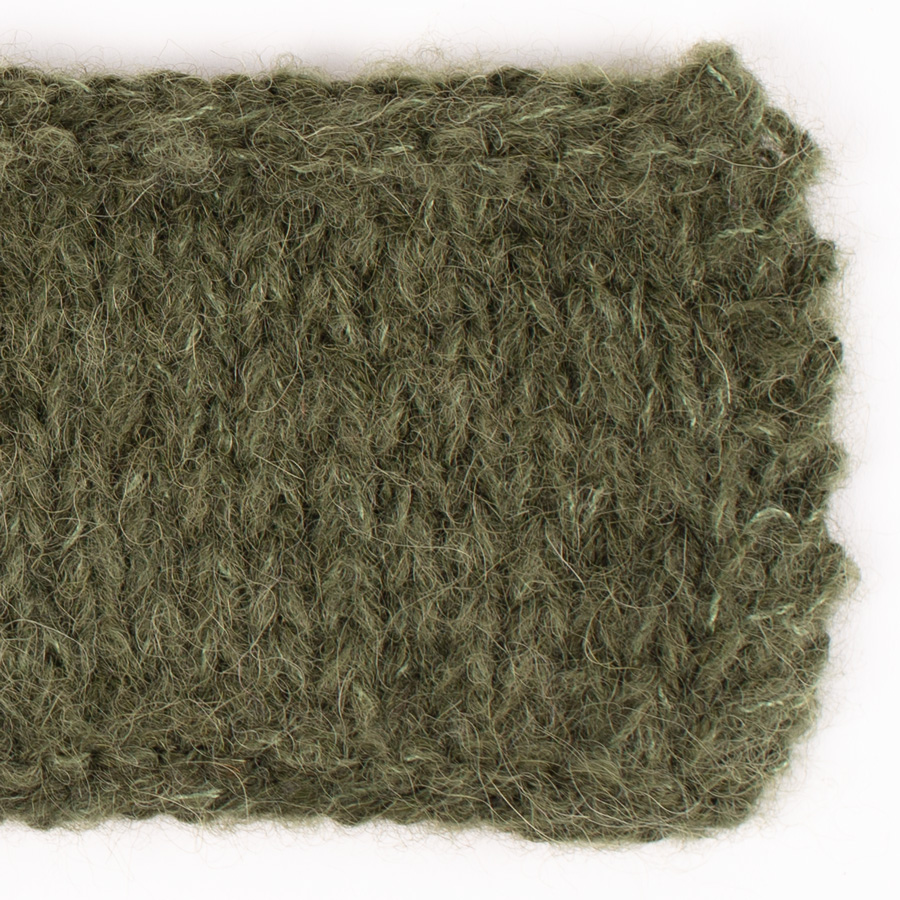
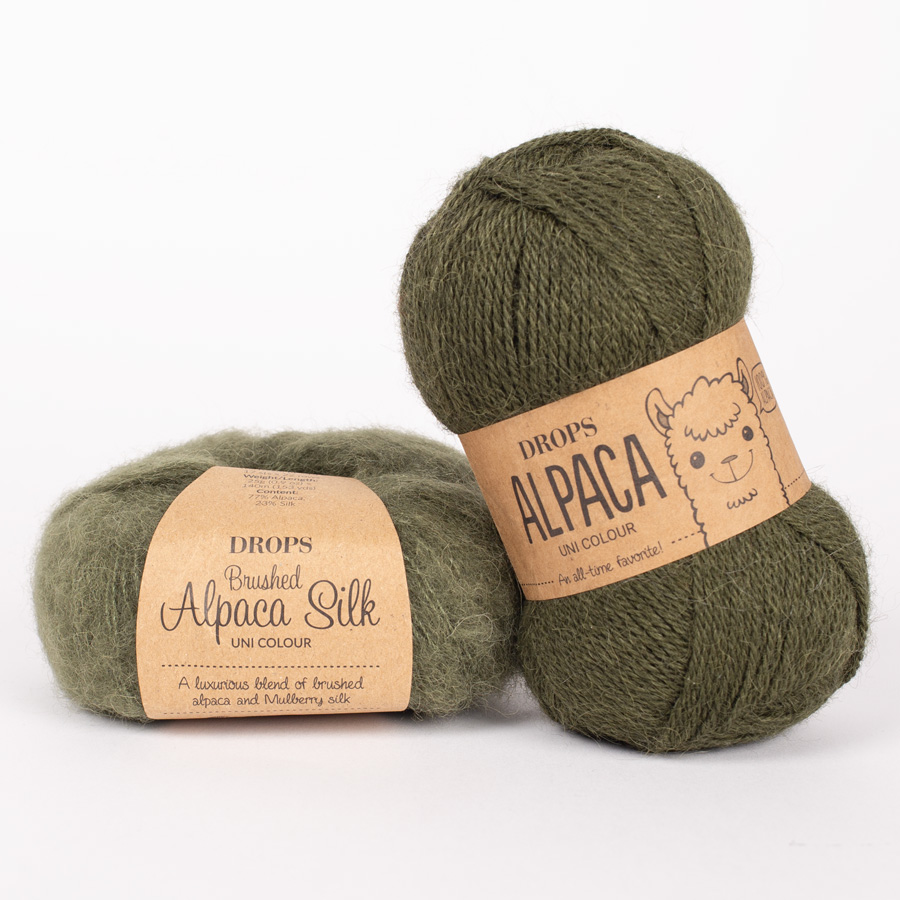
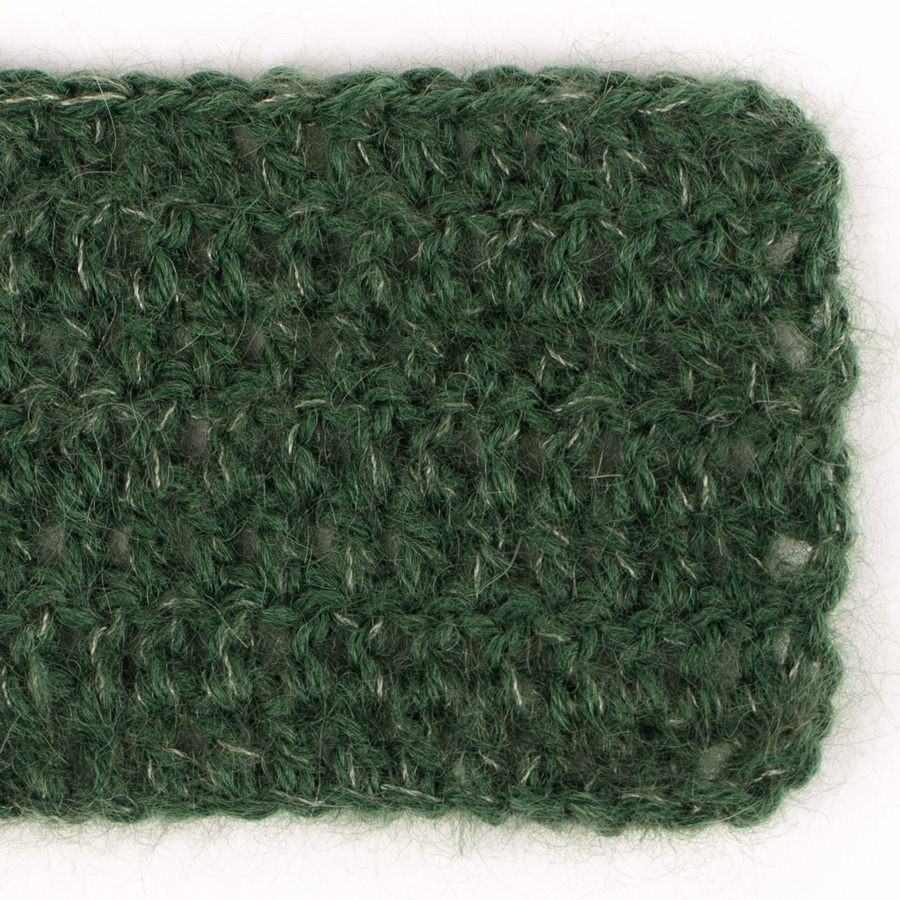

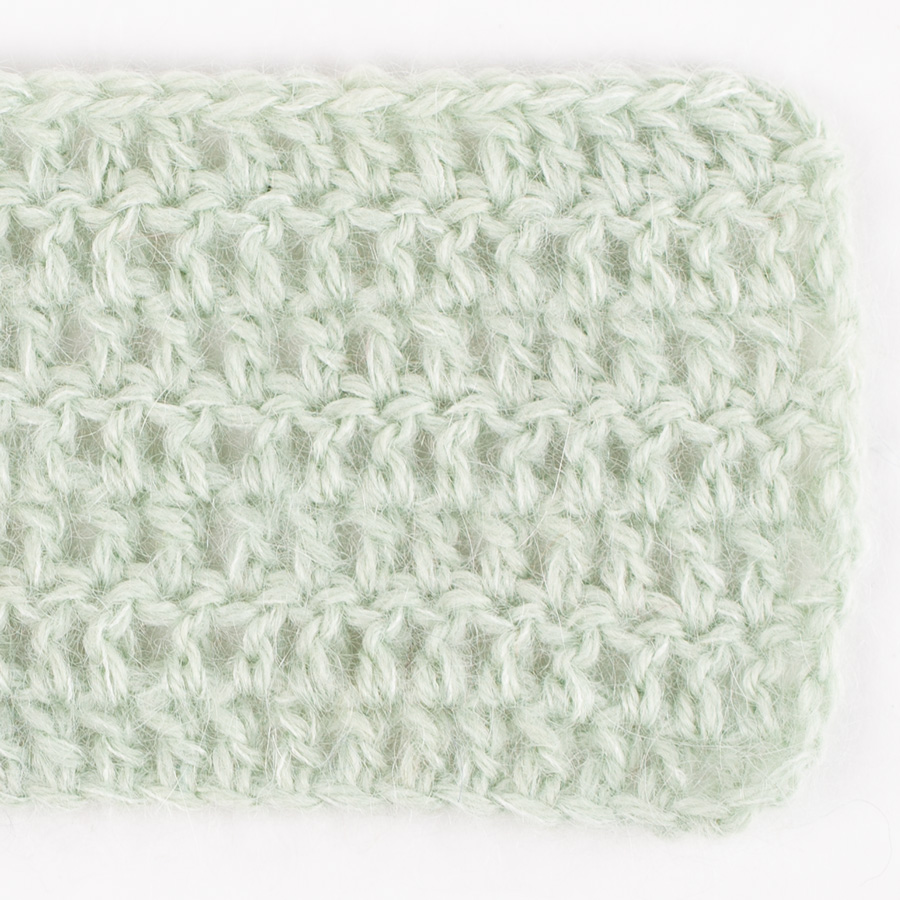

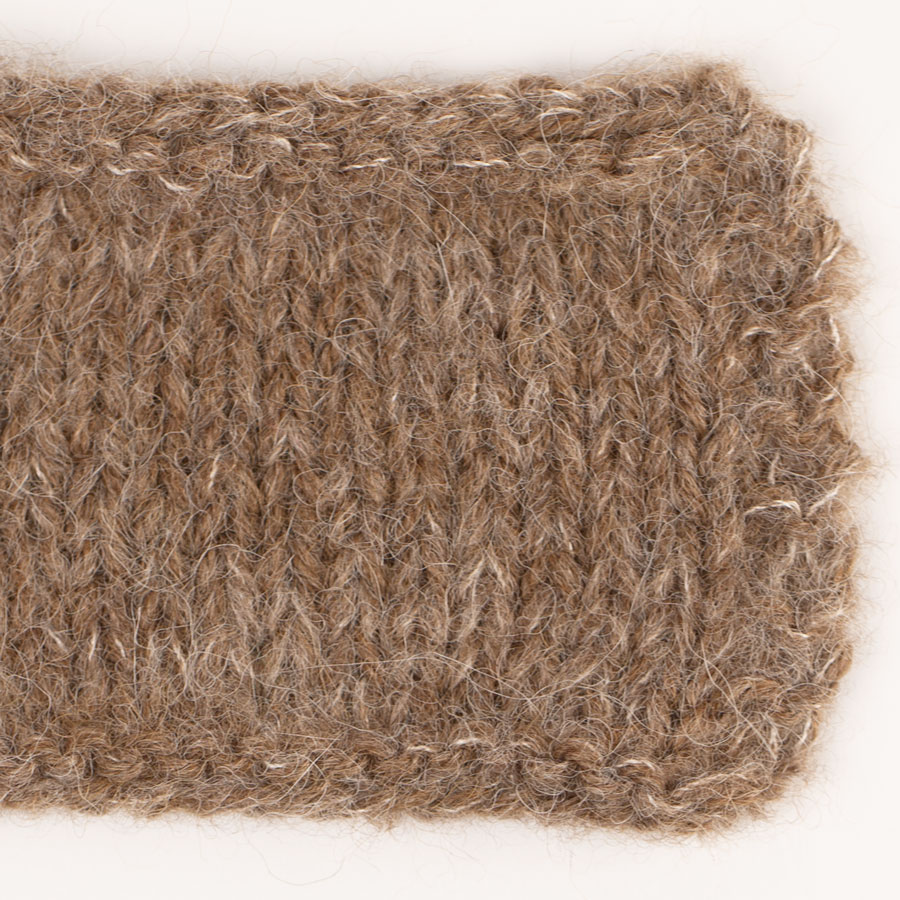
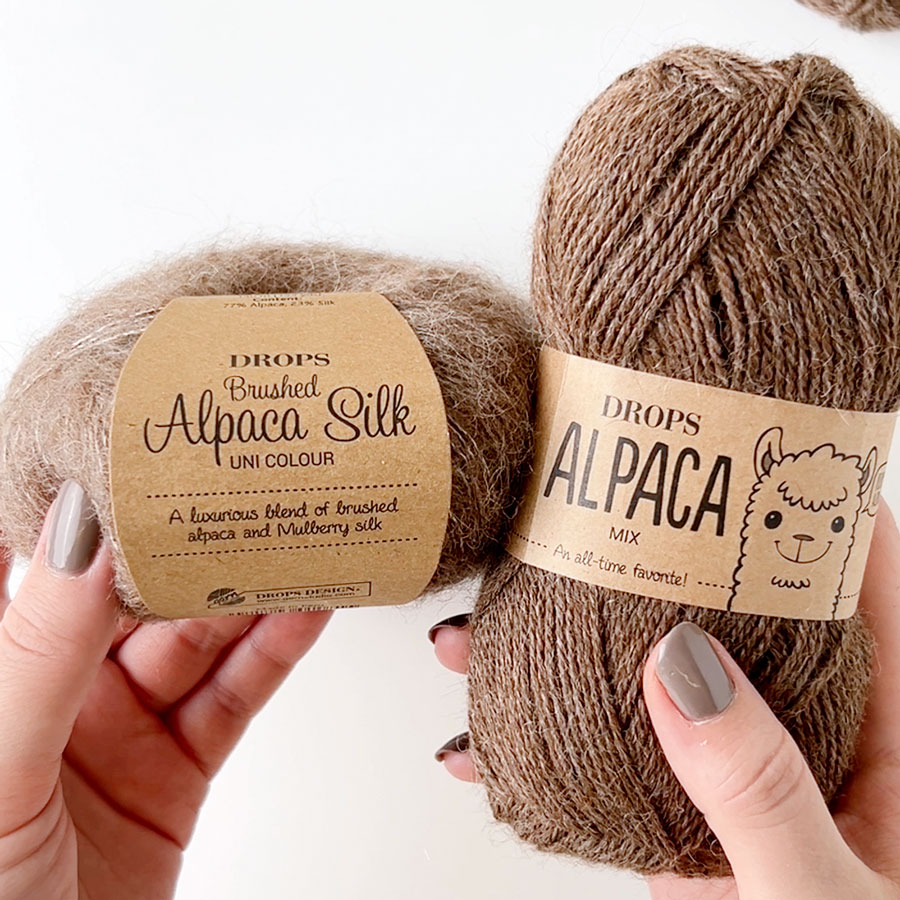

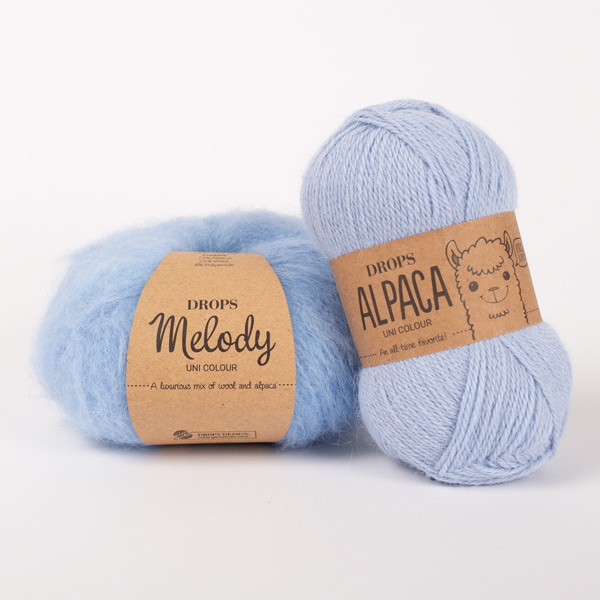
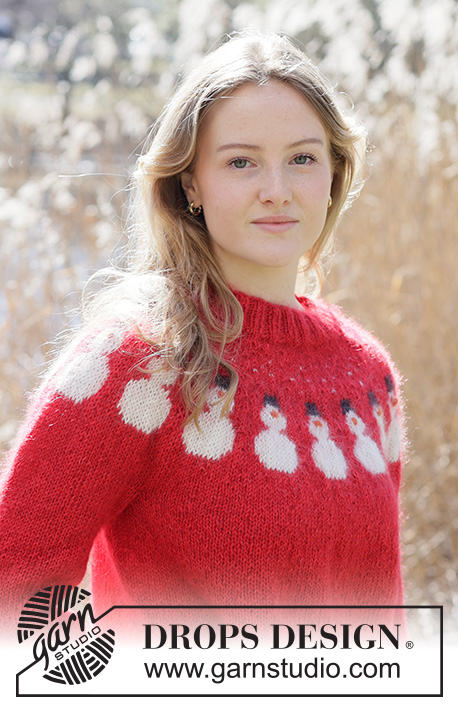







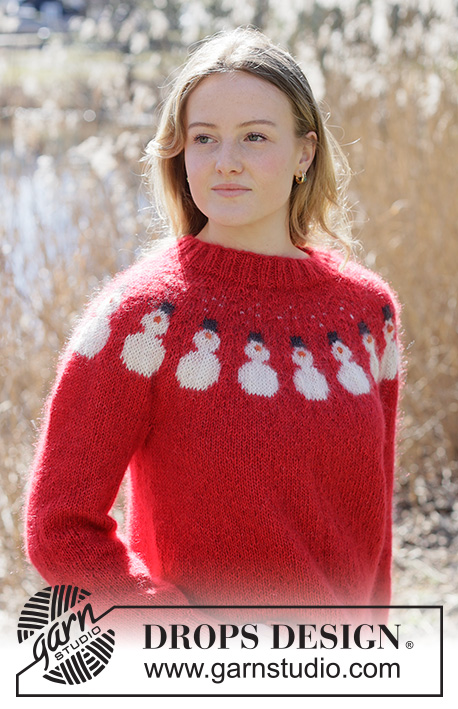
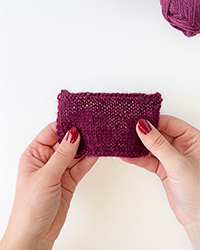

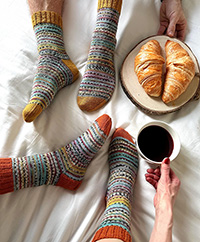
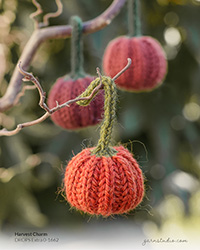


Acheté en beige clair. Contente de la qualité pour l'instant, à voir avec le temps. Mais attention beaucoup plus foncé que sur la photo. Je n'appellerai même pas ça beige alors beige clair encore moins.
14.11.2018 - 19:07